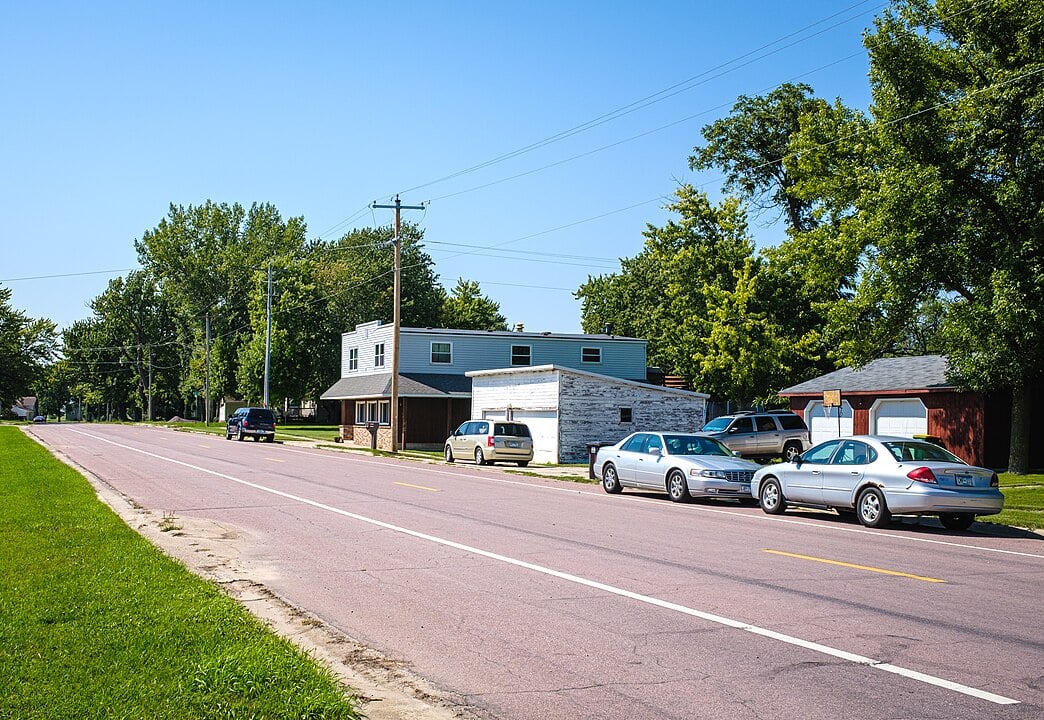
Best counties to live in Minnesota
More counties in the United States experienced population growth in the last year, according to the latest Census data, even as pandemic-related moving trends begin to normalize.
Counties in the South continued to experience growth, particularly in Florida, where 96% of its 67 counties gained new residents. Polk County, Florida, a suburb of Orlando, added the most, with 26,000 people moving there in 2023.
Meanwhile, counties in the Midwest and Northeast continued to lose population, but at slower rates than the year before. Some of the biggest losses were in counties home to large cities, including Cook County, Illinois (home of Chicago) and the boroughs of Brooklyn and Queens in New York.
Many counties are experiencing growth due to their job opportunities, education, or relatively affordable housing costs. Others are favored for their historic or well-designed downtowns or access to cultural opportunities.
Stacker compiled a list of the best counties to live in Minnesota using rankings from Niche. Niche ranks counties by various factors including public schools, educational attainment, cost of living, and housing.
Keep reading to see if your county made the list.

#30. Redwood County, Minnesota
– Overall Rank: 1,002
– Population: 15,428
– Median household income: $65,617
– Median home value: $138,700 (80% own)
– Median rent: $759 (20% rent)
– Top public schools: Red Rock Central Secondary School (grade B), Wabasso Secondary School (grade B), Redwood Valley Middle School (grade B minus)
– Top private schools: St. John Lutheran School (grade unavailable), St. Anne School (grade unavailable), St. Michael’s School (grade unavailable)
– Top places: Redwood Falls (grade B), Kintire Township (grade A minus), Lamberton (grade B+)
About
Redwood County is a rural area known for its agricultural economy, with farming and livestock playing a central role in local life. The community values tradition, cooperation, and self-reliance, supported by schools, healthcare, and small businesses. Residents enjoy a peaceful environment with strong ties to land and family.
County government provides essential services such as emergency response, infrastructure upkeep, and public health programs. Outdoor recreation, cultural events, and historical landmarks enrich the lives of residents and visitors alike. Redwood County remains committed to preserving its rural character while fostering community well-being and steady development.
Where is Redwood County?
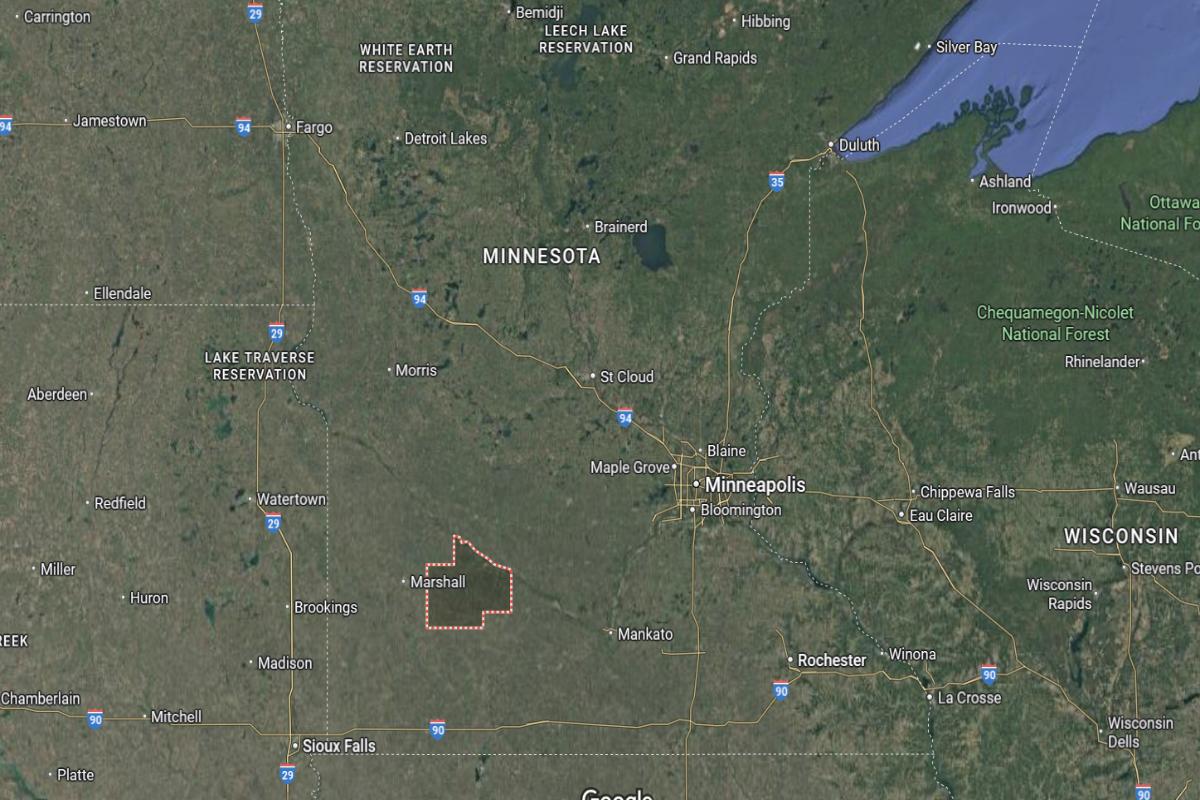
Redwood County is located in the southwestern part of Minnesota, within the state’s prairie region. It lies about 115 miles southwest of Minneapolis and approximately 65 miles east of the South Dakota border. The county seat, Redwood Falls, is near US Highways 71 and 14.
The county is roughly 85 miles northwest of Mankato and about 90 miles northeast of Sioux Falls, South Dakota. It also sits around 140 miles north of the Iowa border. Redwood County’s location offers access to both agricultural heartlands and regional cities in southern Minnesota.
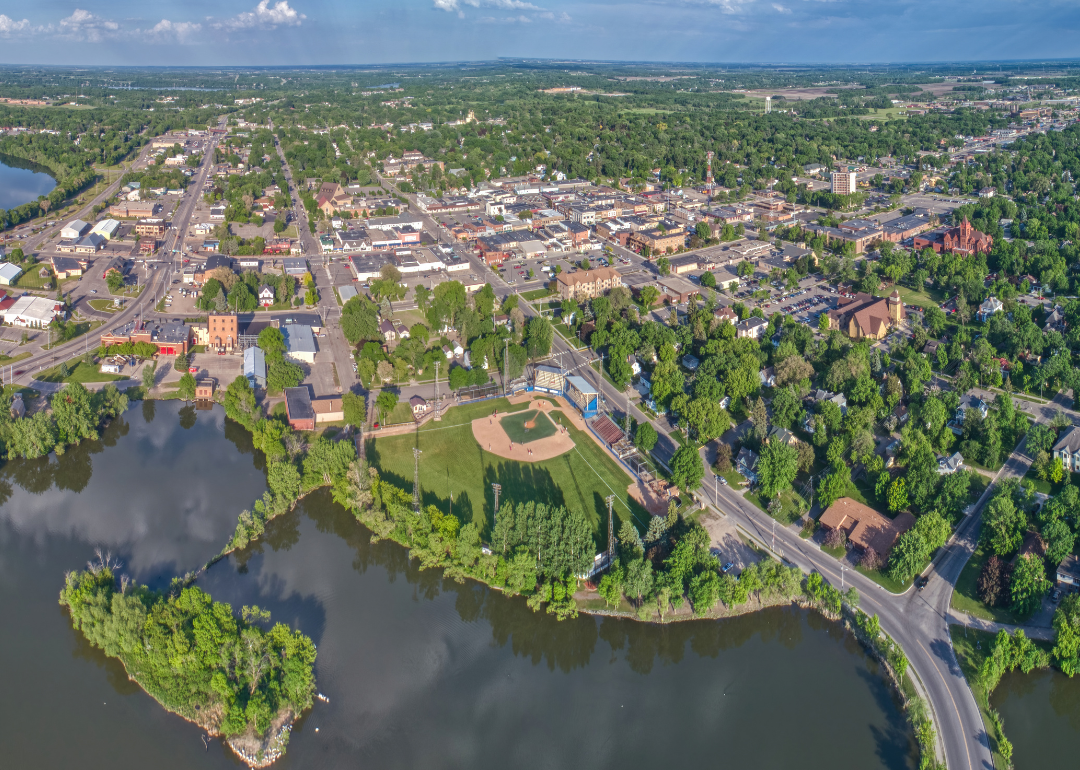
#29. Douglas County, Minnesota
– Overall Rank: 1,000
– Population: 39,081
– Median household income: $72,472
– Median home value: $277,800 (76% own)
– Median rent: $847 (24% rent)
– Top public schools: Garfield Elementary School (grade A minus), Osakis Elementary School (grade A minus), Brandon-Evansville Middle School (grade A minus)
– Top private schools: New Testament Christian School (grade C+), St. Mary’s Catholic School (grade unavailable), Zion Lutheran School (grade unavailable)
– Top places: Alexandria (grade B+), La Grand Township (grade B), Carlos Township (grade B)
About
Douglas County features a balanced economy supported by agriculture, tourism, and a growing business community. Residents benefit from quality schools, healthcare services, and a variety of recreational and cultural opportunities. The community blends small-town charm with access to modern amenities and services.
The county government oversees essential operations including law enforcement, emergency management, and infrastructure maintenance. Parks, lakes, and public events contribute to a high quality of life and strong civic pride. Douglas County continues to grow while preserving its natural beauty and community values.
Where is Douglas County?
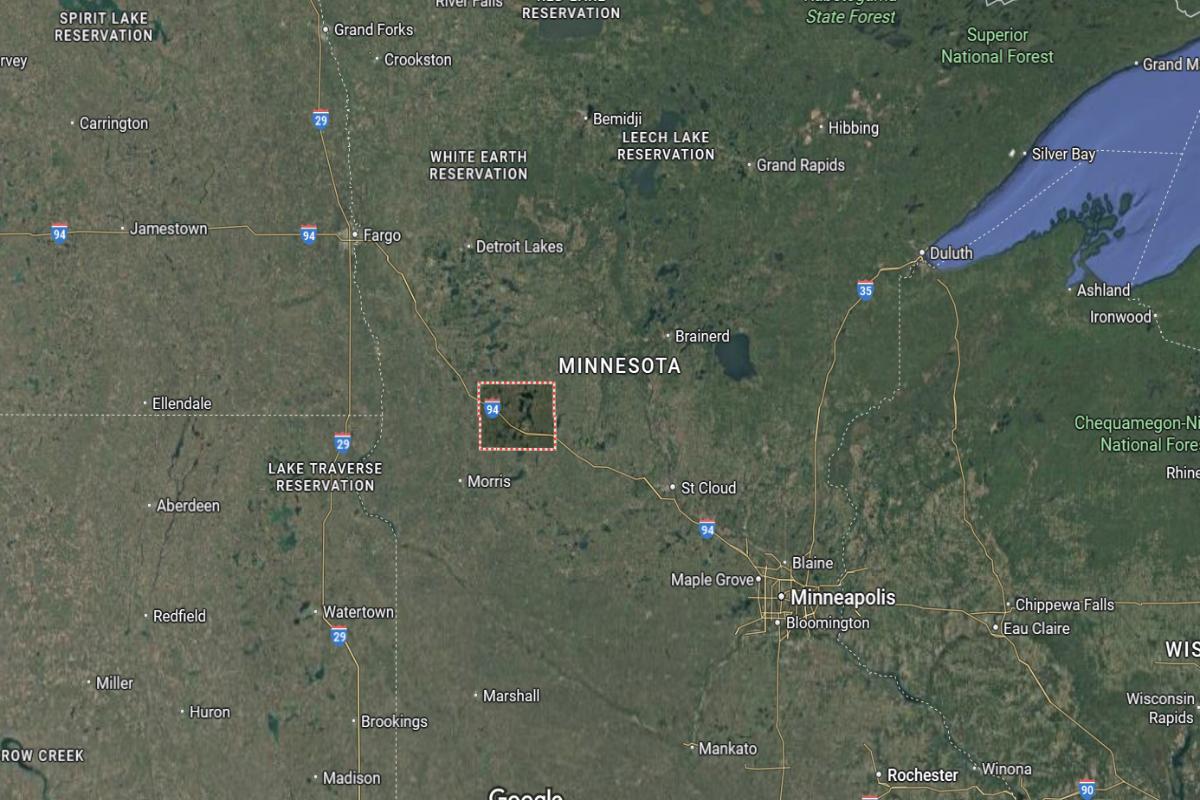
Douglas County is located in the west-central part of Minnesota, within the state’s lake region. It lies about 130 miles northwest of Minneapolis and approximately 100 miles southeast of Fargo, North Dakota. The county seat, Alexandria, is near the intersection of I-94 and State Highway 29.
The county is around 70 miles northwest of St. Cloud and about 115 miles northeast of the South Dakota border. It also sits roughly 145 miles north of Mankato. Douglas County’s location places it in a scenic area with strong connections to major regional cities.

#28. Hubbard County, Minnesota
– Overall Rank: 986
– Population: 21,479
– Median household income: $67,197
– Median home value: $245,500 (82% own)
– Median rent: $827 (18% rent)
– Top public schools: Nevis Elementary School (grade B+), Century Elementary School (grade B), Nevis Secondary School (grade B)
– Top private schools:
– Top places: Todd Township (grade B minus), Henrietta Township (grade B minus), Park Rapids (grade C+)
About
Hubbard County is known for its scenic landscapes, outdoor recreation, and a community grounded in tourism, forestry, and local business. The economy is supported by small enterprises, public services, and seasonal industries that reflect the area’s natural appeal. Residents enjoy a peaceful pace of life with strong connections to nature and community.
County government manages essential services such as emergency response, infrastructure upkeep, and public safety. Cultural activities, local events, and recreational spaces foster community engagement and pride. Hubbard County remains dedicated to preserving its natural resources while supporting sustainable development and quality of life.
Where is Hubbard County?
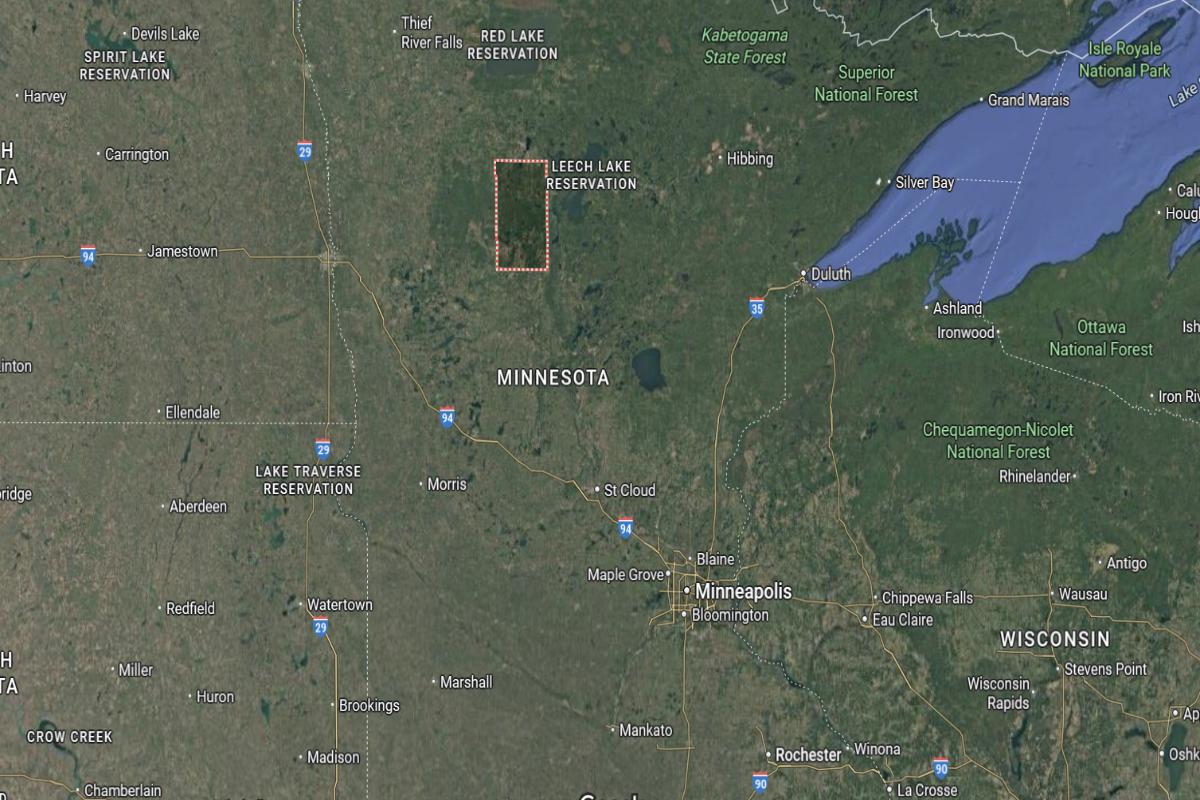
Hubbard County is located in north-central Minnesota, within the state’s lake and forest region. It lies about 90 miles east of Fargo, North Dakota, and approximately 190 miles northwest of Minneapolis. The county seat, Park Rapids, is situated near US Highways 71 and 34.
The county is roughly 80 miles north of Alexandria and about 65 miles southwest of Bemidji. It also sits around 115 miles southeast of the Canadian border. Hubbard County’s location places it in a scenic and rural area with access to natural landscapes and nearby regional hubs.
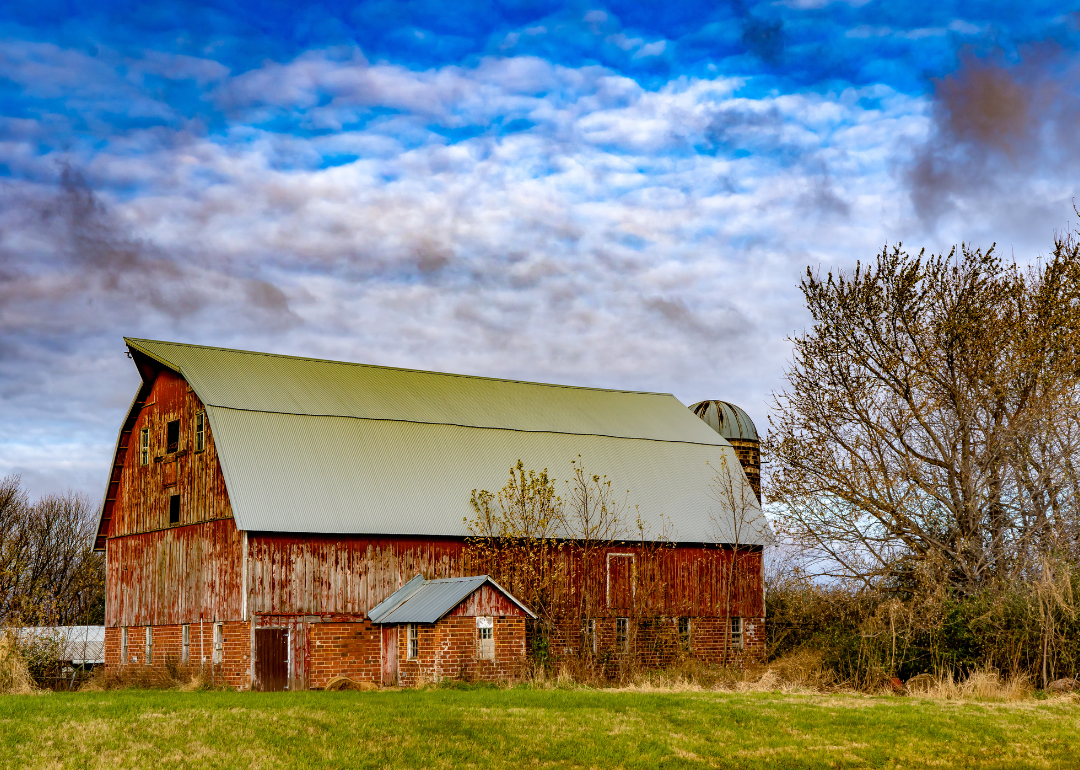
#27. Dodge County, Minnesota
– Overall Rank: 971
– Population: 20,893
– Median household income: $92,890
– Median home value: $245,800 (87% own)
– Median rent: $901 (13% rent)
– Top public schools: Kasson-Mantorville Elementary School (grade B+), Kasson-Mantorville Middle School (grade B), Triton High School (grade B)
– Top private schools: Maranatha Adventist School (grade unavailable), Grace Lutheran School (grade unavailable)
– Top places: Kasson (grade B+), Mantorville Township (grade B), Dodge Center (grade B)
About
Dodge County is a rural community with a strong agricultural base, supported by local industries and small businesses. The economy is shaped by farming, manufacturing, and public services that provide stability and opportunity for residents. Community life is centered around schools, family values, and civic engagement.
The county government delivers essential services such as law enforcement, infrastructure maintenance, and emergency management. Parks, cultural events, and community programs offer recreation and connection for people of all ages. Dodge County continues to promote growth while preserving its rural heritage and community spirit.
Where is Dodge County?
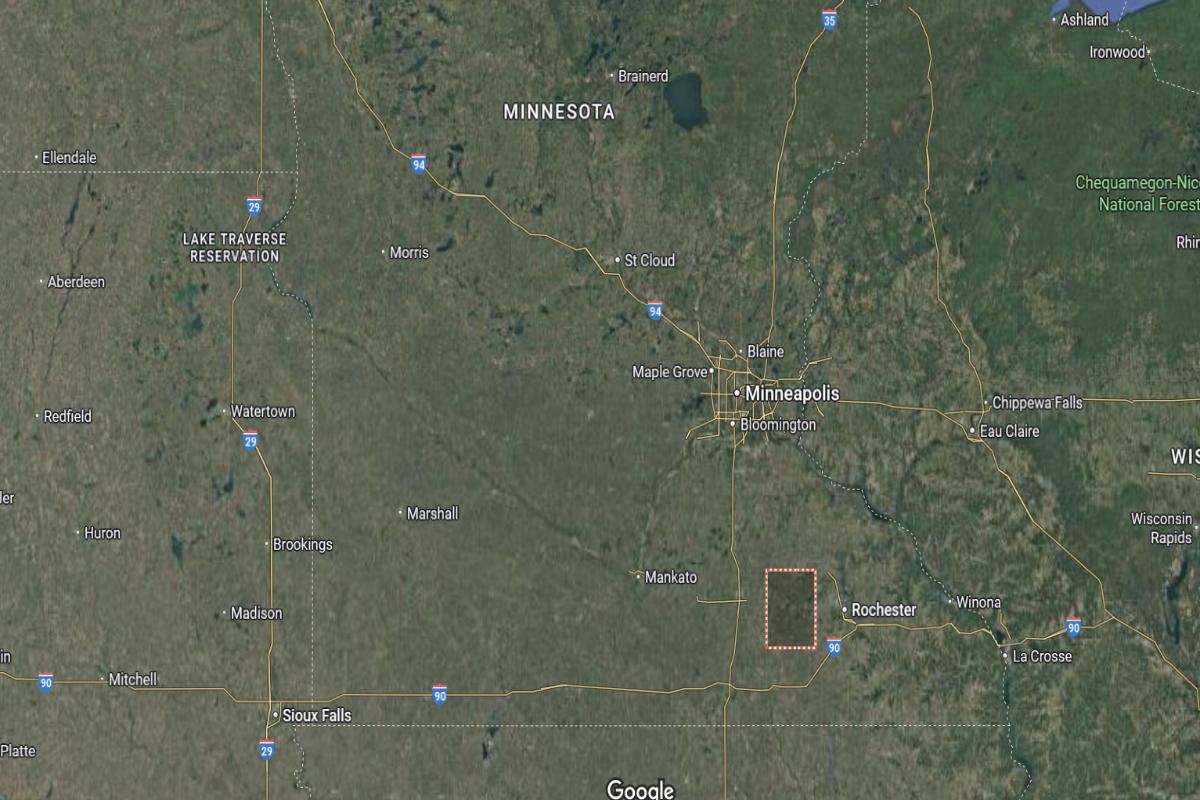
Dodge County is located in southeastern Minnesota, within the state’s agricultural region. It lies about 80 miles south of Minneapolis and approximately 20 miles west of Rochester. The county seat, Mantorville, is near US Highway 14 and State Highway 57.
The county is roughly 55 miles east of Mankato and about 40 miles north of the Iowa border. It also sits around 105 miles northwest of La Crosse, Wisconsin. Dodge County’s location offers close access to major cities and rural communities in the region.
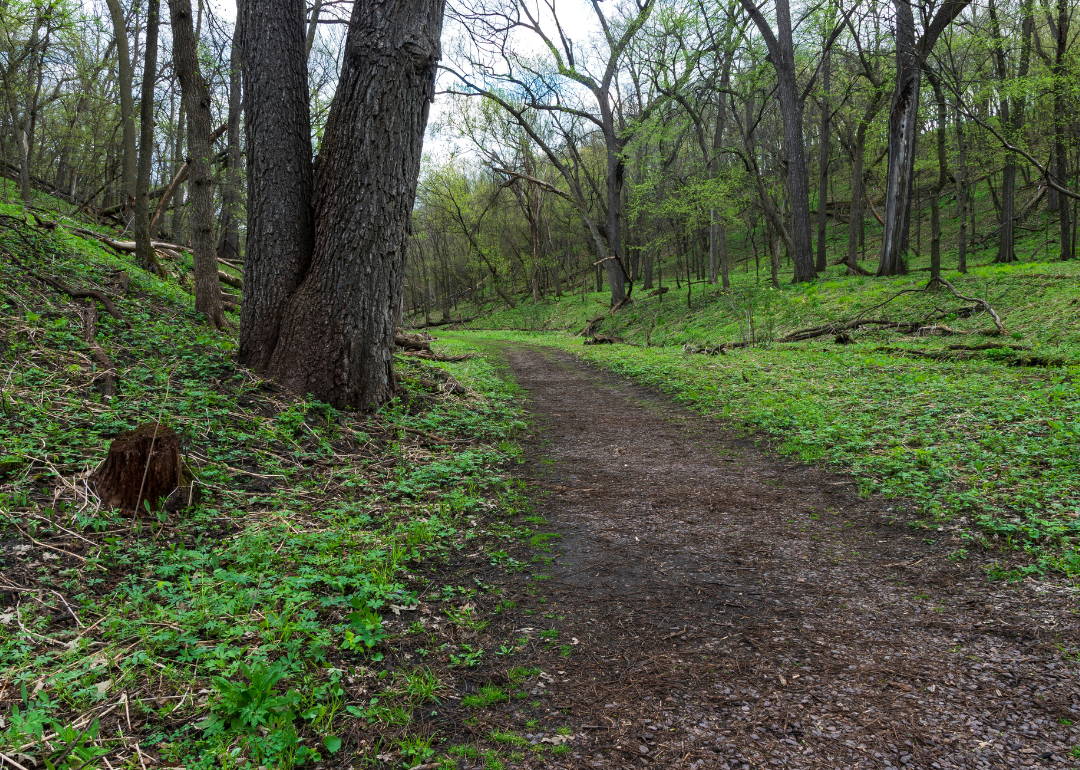
#26. Brown County, Minnesota
– Overall Rank: 957
– Population: 25,880
– Median household income: $67,038
– Median home value: $165,200 (79% own)
– Median rent: $825 (21% rent)
– Top public schools: Springfield Elementary School (grade A), New Ulm High School (grade B+), Sleepy Eye Secondary School (grade B+)
– Top private schools: New Ulm Area Catholic Schools (grade B), St. Mary’s Catholic School (grade B minus), St. Paul’s Lutheran School (grade unavailable)
– Top places: New Ulm (grade B+), Sleepy Eye (grade B+), Springfield (grade B+)
About
Brown County has a rich cultural heritage and a strong agricultural and manufacturing-based economy. The community is known for its historic charm, local festivals, and dedication to education and public service. Residents benefit from a blend of rural character and well-developed civic infrastructure.
County government provides essential services including emergency management, public health, and infrastructure maintenance. Recreational opportunities, cultural institutions, and community events contribute to a high quality of life. Brown County remains committed to preserving its traditions while fostering responsible growth and community well-being.
Where is Brown County?
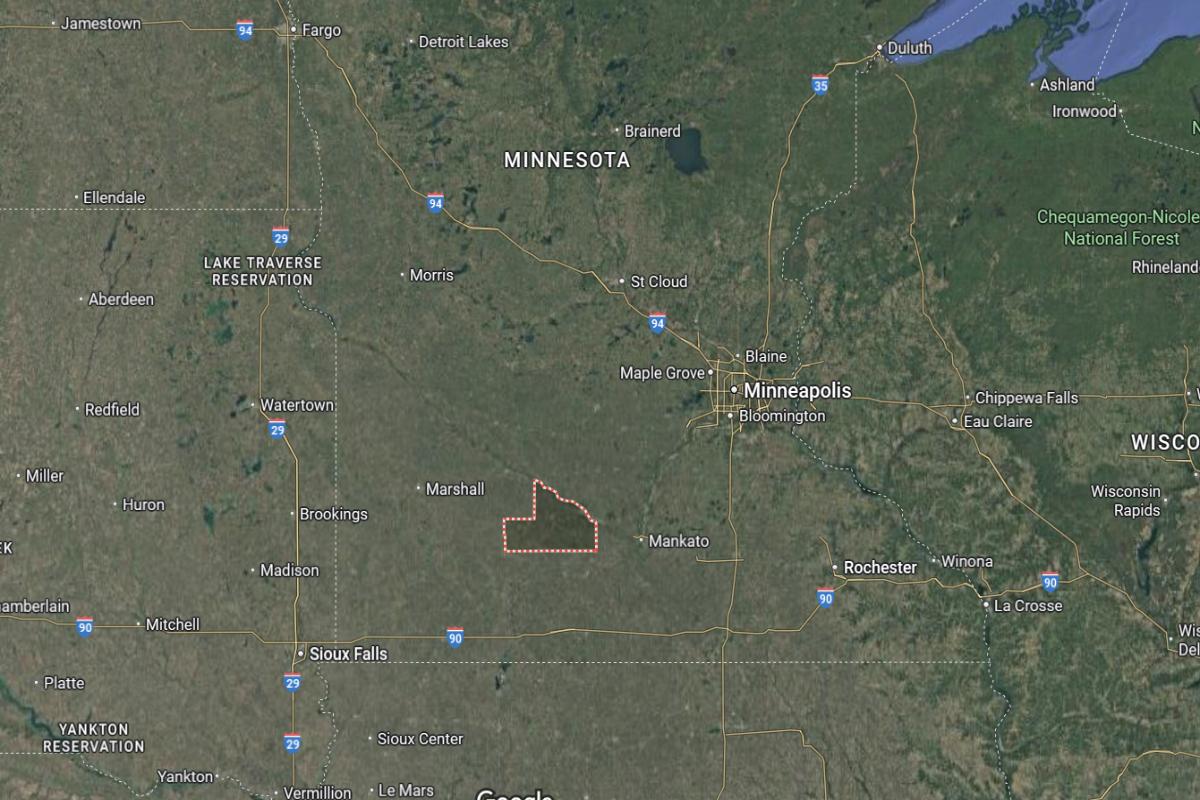
Brown County is located in south-central Minnesota, within the state’s prairie region. It lies about 95 miles southwest of Minneapolis and approximately 35 miles west of Mankato. The county seat, New Ulm, is situated along US Highway 14.
The county is roughly 60 miles north of the Iowa border and about 125 miles east of the South Dakota border. It also sits around 145 miles southeast of Fargo, North Dakota. Brown County’s location provides access to both regional cities and agricultural areas of southern Minnesota.

#25. Mower County, Minnesota
– Overall Rank: 953
– Population: 40,082
– Median household income: $66,972
– Median home value: $158,000 (75% own)
– Median rent: $818 (25% rent)
– Top public schools: Grand Meadow Elementary School (grade B+), Grand Meadow Senior High School (grade B), Southland Elementary School (grade B)
– Top private schools: Pacelli High School (grade A minus), Pacelli Elementary School (grade unavailable), Sacred Heart School (grade unavailable)
– Top places: Austin (grade B), Udolpho Township (grade B+), Adams Township (grade B+)
About
Mower County features a diverse economy rooted in agriculture, food processing, and healthcare, supporting both rural communities and urban centers. The area is known for its strong work ethic, educational resources, and civic involvement. Residents benefit from a combination of modern services and a welcoming small-town atmosphere.
County government oversees essential operations such as law enforcement, emergency response, and infrastructure maintenance. Community events, parks, and cultural institutions provide opportunities for recreation and connection. Mower County continues to grow while maintaining its commitment to quality of life and community values.
Where is Mower County?
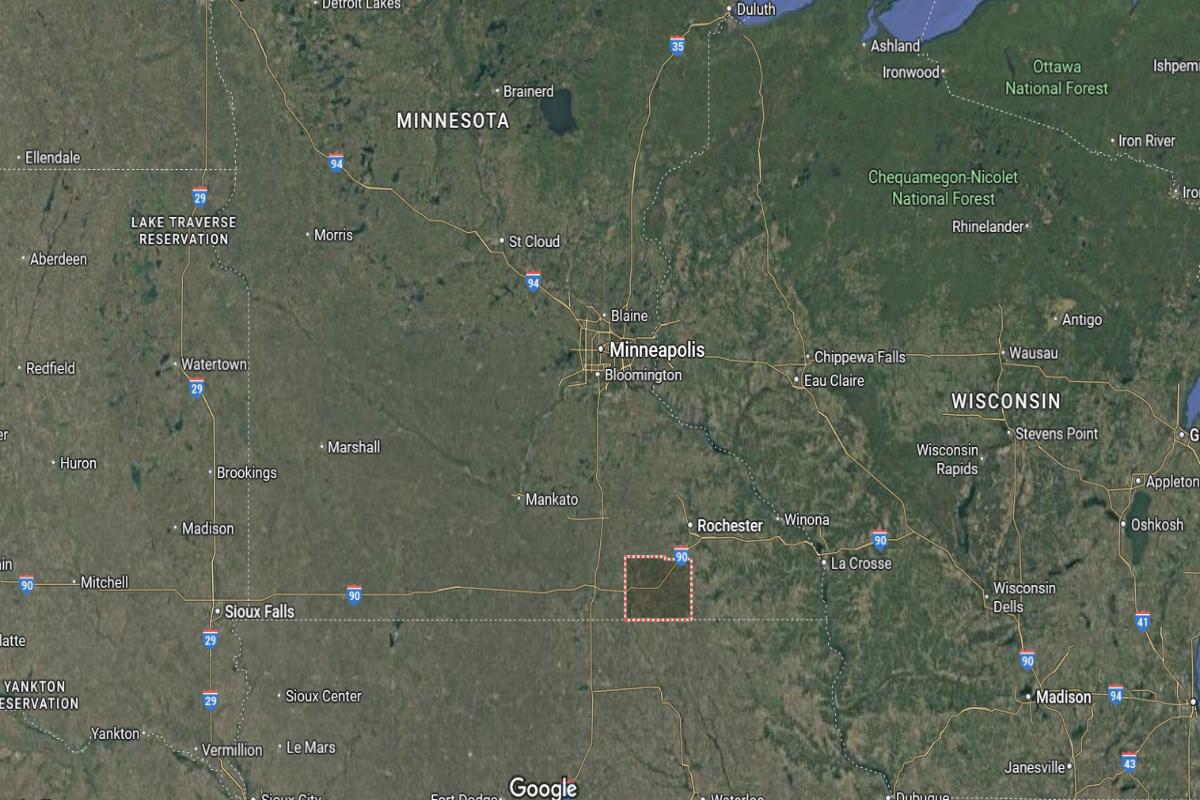
Mower County is located in the southeastern corner of Minnesota, along the Iowa border. It lies about 100 miles south of Minneapolis and approximately 40 miles southwest of Rochester. The county seat, Austin, is near the junction of I-90 and US Highway 218.
The county is roughly 60 miles east of Mankato and about 85 miles west of La Crosse, Wisconsin. It also sits around 120 miles north of Des Moines, Iowa. Mower County’s location places it near major regional routes and close to both Minnesota and Iowa cities.
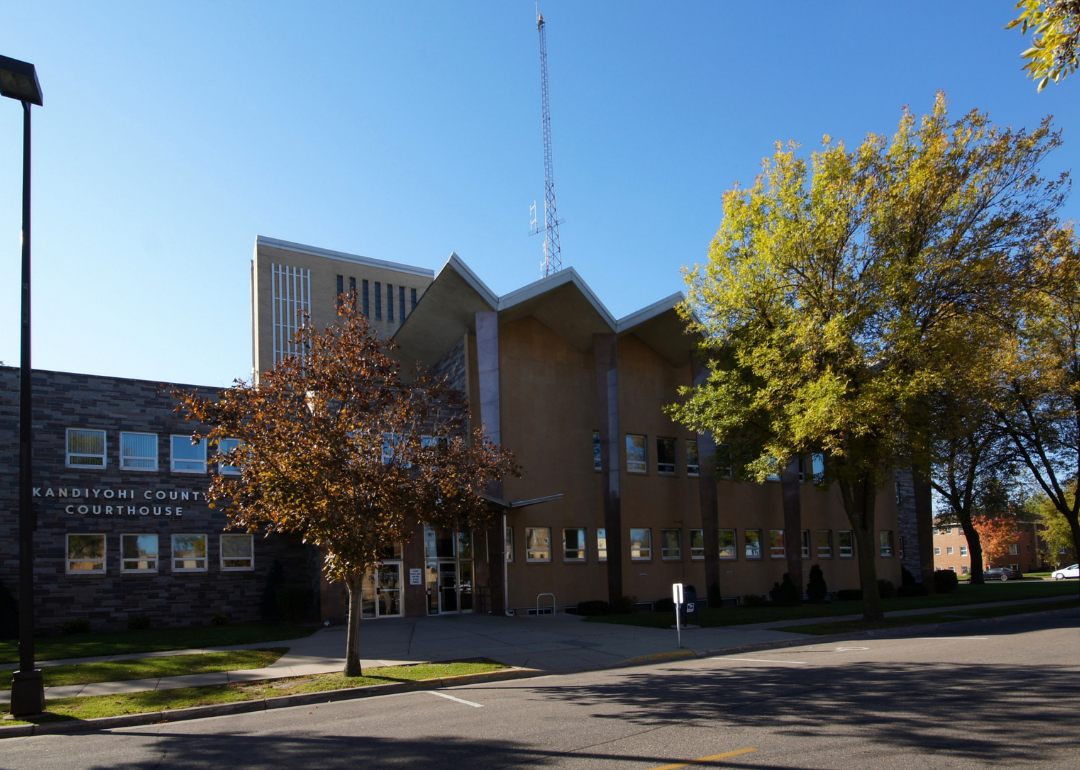
#24. Kandiyohi County, Minnesota
– Overall Rank: 840
– Population: 43,686
– Median household income: $73,285
– Median home value: $214,600 (74% own)
– Median rent: $800 (26% rent)
– Top public schools: New London-Spicer Middle School (grade B+), Willmar Senior High School (grade B), Prairie Woods Elementary School (grade B)
– Top private schools: Community Christian School (grade B+), Central Minnesota Christian School (grade C+)
– Top places: New London (grade B+), New London Township (grade B), Irving Township (grade B)
About
Kandiyohi County has a balanced economy supported by agriculture, manufacturing, and retail, offering both rural charm and urban convenience. The community values education, innovation, and quality of life, with services that support families and businesses alike. Residents enjoy a mix of natural beauty, cultural events, and local pride.
County government provides key services including public safety, infrastructure maintenance, and emergency management. Recreational opportunities, parks, and civic programs help foster engagement and well-being. Kandiyohi County continues to grow while preserving its traditions and promoting community development.
Where is Kandiyohi County?
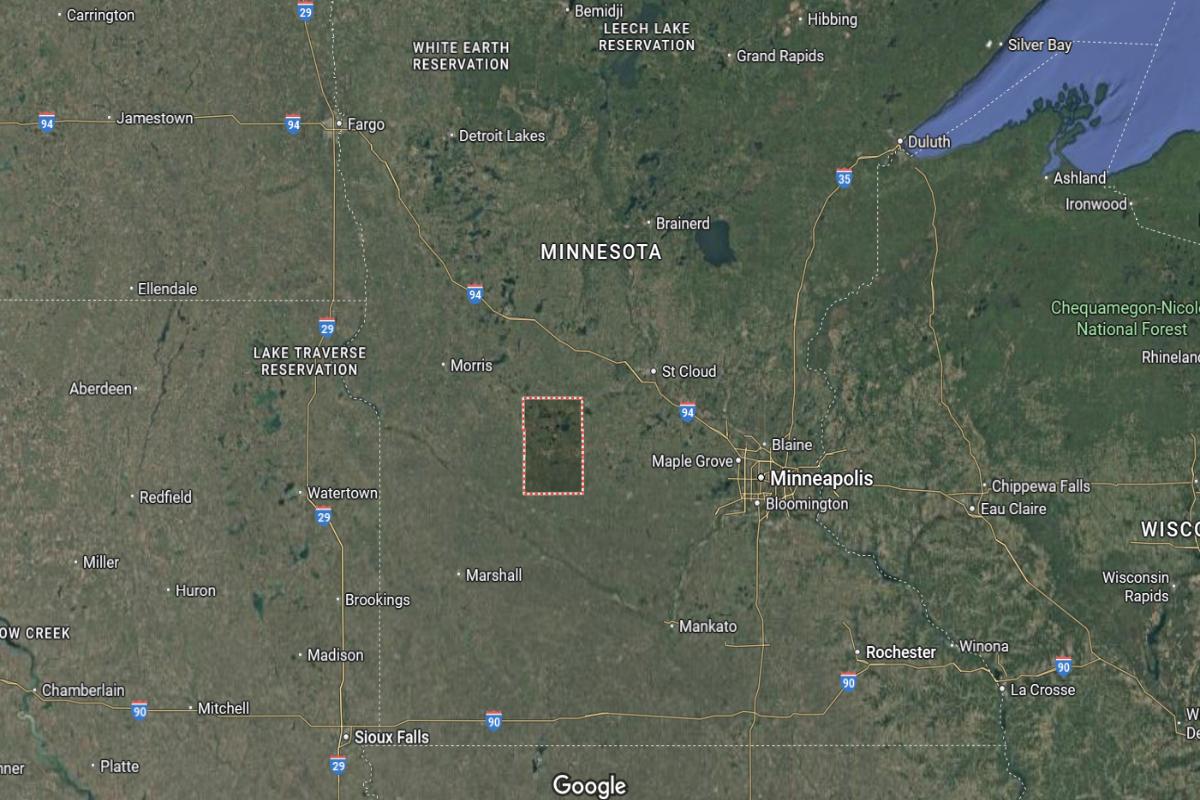
Kandiyohi County is located in the west-central part of Minnesota, within the state’s agricultural and lake region. It lies about 95 miles west of Minneapolis and approximately 80 miles west of Alexandria. The county seat, Willmar, is situated along US Highways 12 and 71.
The county is roughly 75 miles north of Mankato and about 110 miles east of the South Dakota border. It also sits around 140 miles southeast of Fargo, North Dakota. Kandiyohi County’s location connects rural Minnesota with nearby regional centers.
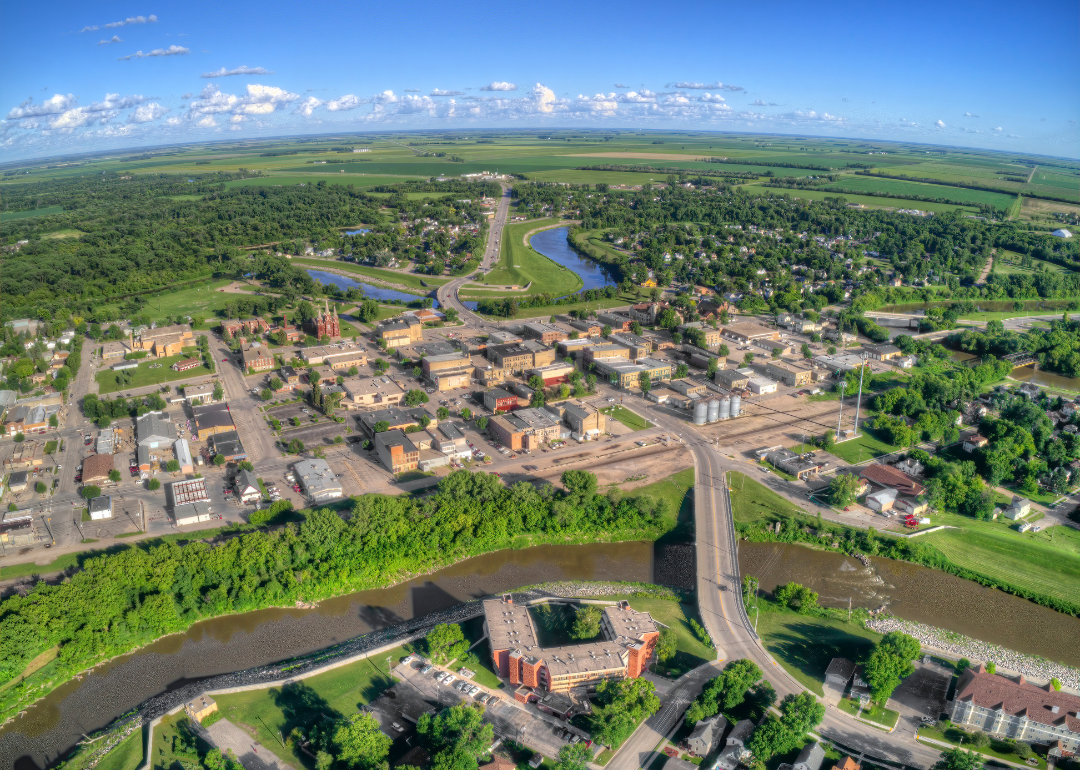
#23. Polk County, Minnesota
– Overall Rank: 829
– Population: 31,128
– Median household income: $69,540
– Median home value: $204,600 (72% own)
– Median rent: $822 (28% rent)
– Top public schools: Win-E-Mac Elementary School (grade A minus), Fertile-Beltrami Elementary School (grade B+), Win-E-Mac High School (grade B)
– Top private schools: Sacred Heart School (grade B+), Riverside Christian School (grade unavailable), Cathedral Elementary School (grade unavailable)
– Top places: East Grand Forks (grade B+), Crookston (grade B), McIntosh (grade A)
About
Polk County is characterized by a strong agricultural presence, educational institutions, and a growing mix of commerce and industry. The local economy is supported by farming, healthcare, and public services that provide a solid foundation for community life. Residents value tradition, education, and civic participation.
County government delivers essential services such as emergency management, infrastructure upkeep, and law enforcement. Outdoor recreation, cultural activities, and community events contribute to a vibrant and engaged population. Polk County continues to evolve while maintaining its rural identity and commitment to quality of life.
Where is Polk County?
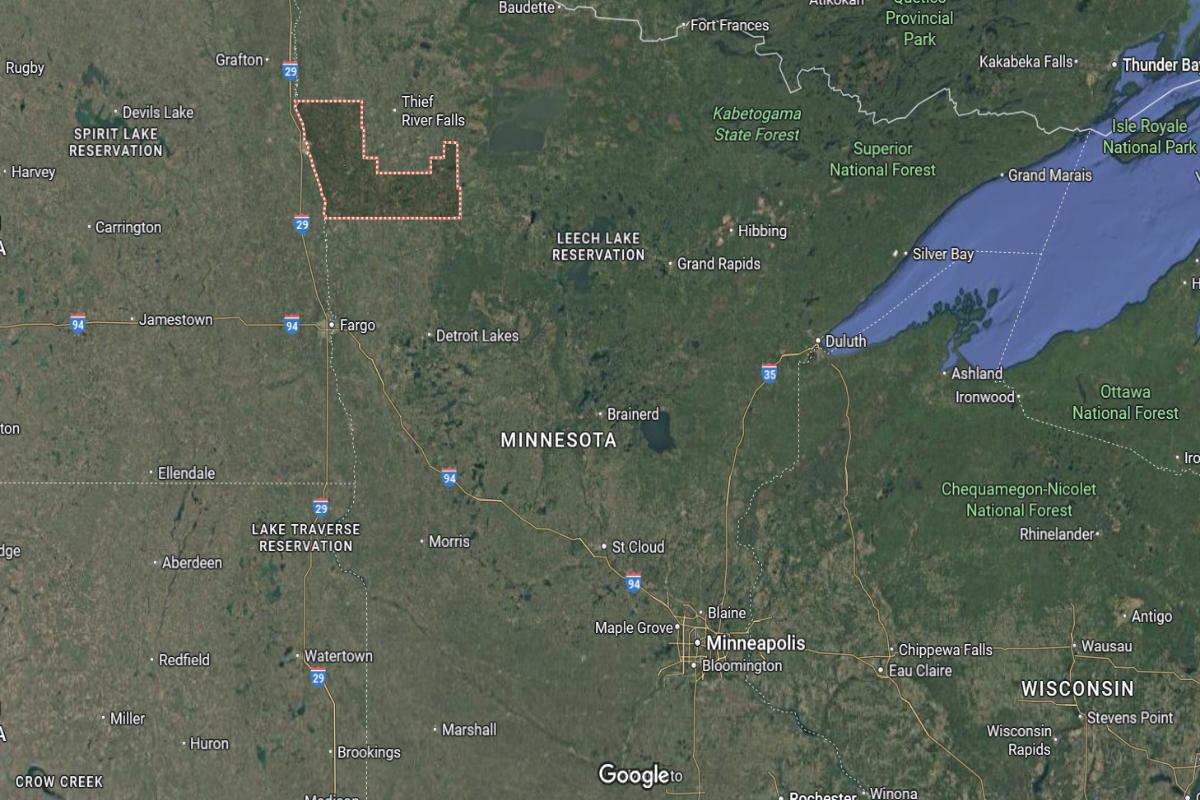
Polk County is located in the northwestern part of Minnesota, near the North Dakota border. It lies about 30 miles east of Grand Forks, North Dakota, and approximately 285 miles northwest of Minneapolis. The county seat, Crookston, is situated along US Highways 2 and 75.
The county is roughly 65 miles north of Detroit Lakes and about 60 miles west of Bemidji. It also sits around 90 miles south of the Canadian border. Polk County’s location places it in a key area between major regional cities and international access points.
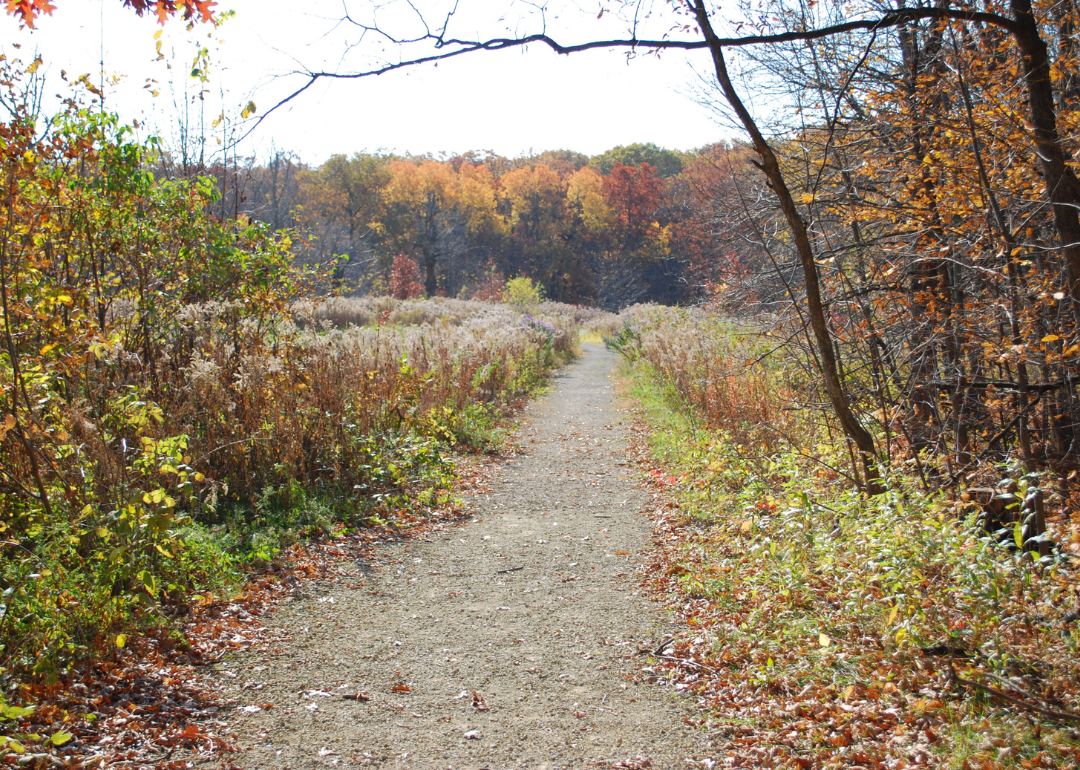
#22. Rice County, Minnesota
– Overall Rank: 799
– Population: 67,152
– Median household income: $78,214
– Median home value: $279,700 (76% own)
– Median rent: $1,021 (24% rent)
– Top public schools: Spring Creek Elementary (grade A), Bridgewater Elementary School (grade A), Northfield Middle School (grade A minus)
– Top private schools: Shattuck-St. Mary’s School (grade A+), Bethlehem Academy (grade B+), Divine Mercy Catholic School (grade unavailable)
– Top places: Northfield (grade A+), Dundas (grade A minus), Bridgewater Township (grade B+)
About
Rice County offers a diverse economy supported by education, manufacturing, agriculture, and healthcare, making it a hub of regional activity. The community blends historical charm with innovation, driven by local institutions and a strong commitment to public service. Residents enjoy a balanced lifestyle with access to modern amenities and natural surroundings.
County government provides critical services including public safety, infrastructure development, and emergency management. Cultural events, recreational facilities, and civic programs strengthen community ties and enhance quality of life. Rice County continues to grow while preserving its rich heritage and fostering inclusive development.
Where is Rice County?
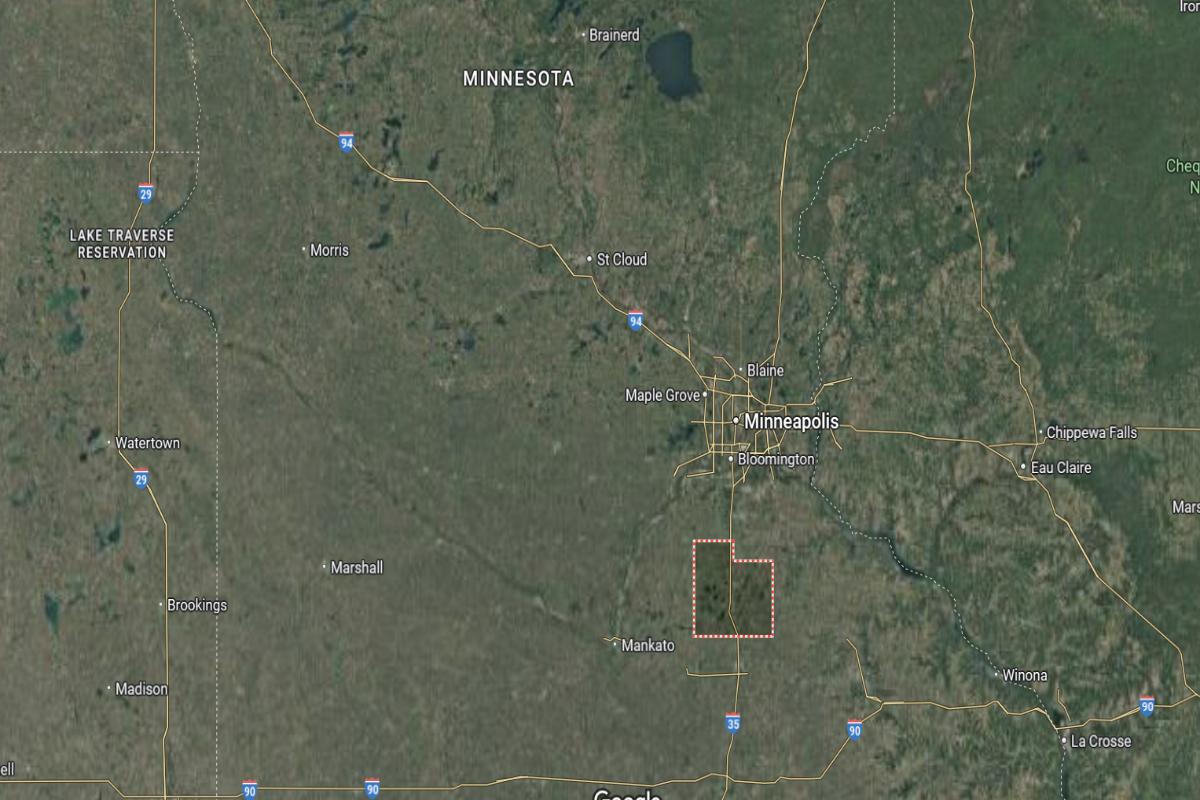
Rice County is located in the southeastern part of Minnesota, within the state’s transition zone between prairie and forest. It lies about 50 miles south of Minneapolis and approximately 30 miles north of Mankato. The county seat, Faribault, is near the junction of I-35 and State Highway 60.
The county is roughly 55 miles west of Rochester and about 80 miles northwest of La Crosse, Wisconsin. It also sits around 45 miles north of the Iowa border. Rice County’s location provides easy access to both the Twin Cities and southern Minnesota regions.
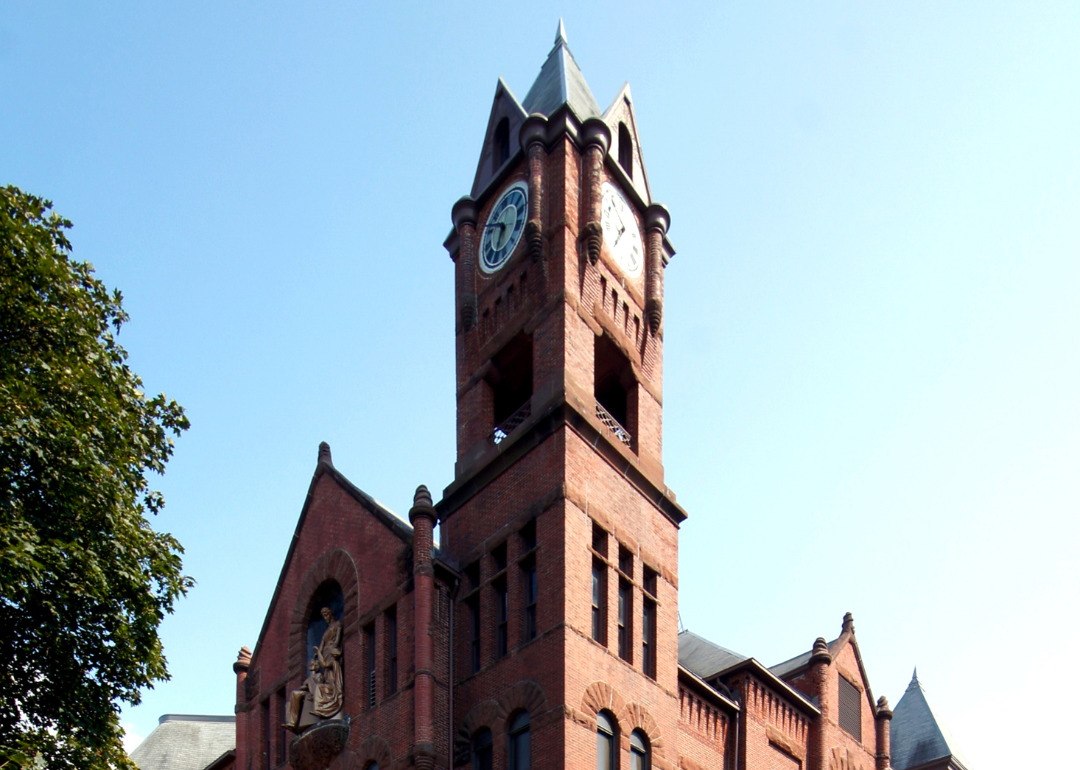
#21. Steele County, Minnesota
– Overall Rank: 725
– Population: 37,396
– Median household income: $79,722
– Median home value: $217,100 (77% own)
– Median rent: $914 (23% rent)
– Top public schools: Blooming Prairie Elementary School (grade B+), Owatonna Senior High School (grade B+), Lincoln Elementary School (grade B+)
– Top private schools: Owatonna Christian School (grade B+), St. Mary’s School (grade unavailable), Owatonna Montessori Children’s House (grade unavailable)
– Top places: Owatonna (grade B+), Blooming Prairie (grade B+), Medford Township (grade B)
About
Steele County has a strong and diverse economy built on manufacturing, agriculture, and a growing service sector. The community values innovation, education, and a high quality of life supported by healthcare, schools, and local businesses. Residents benefit from a balance of small-town character and progressive development.
County government provides essential services including emergency response, infrastructure maintenance, and public health programs. Recreational amenities, community events, and cultural resources offer opportunities for connection and enrichment. Steele County remains committed to sustainable growth while preserving its community spirit and values.
Where is Steele County?

Steele County is located in southeastern Minnesota, in a region known for agriculture and small towns. It lies about 65 miles south of Minneapolis and approximately 40 miles west of Rochester. The county seat, Owatonna, is situated near the intersection of I-35 and US Highway 14.
The county is roughly 30 miles north of the Iowa border and about 60 miles east of Mankato. It also sits around 95 miles northwest of La Crosse, Wisconsin. Steele County’s location offers direct routes to major cities in southern Minnesota and nearby states.
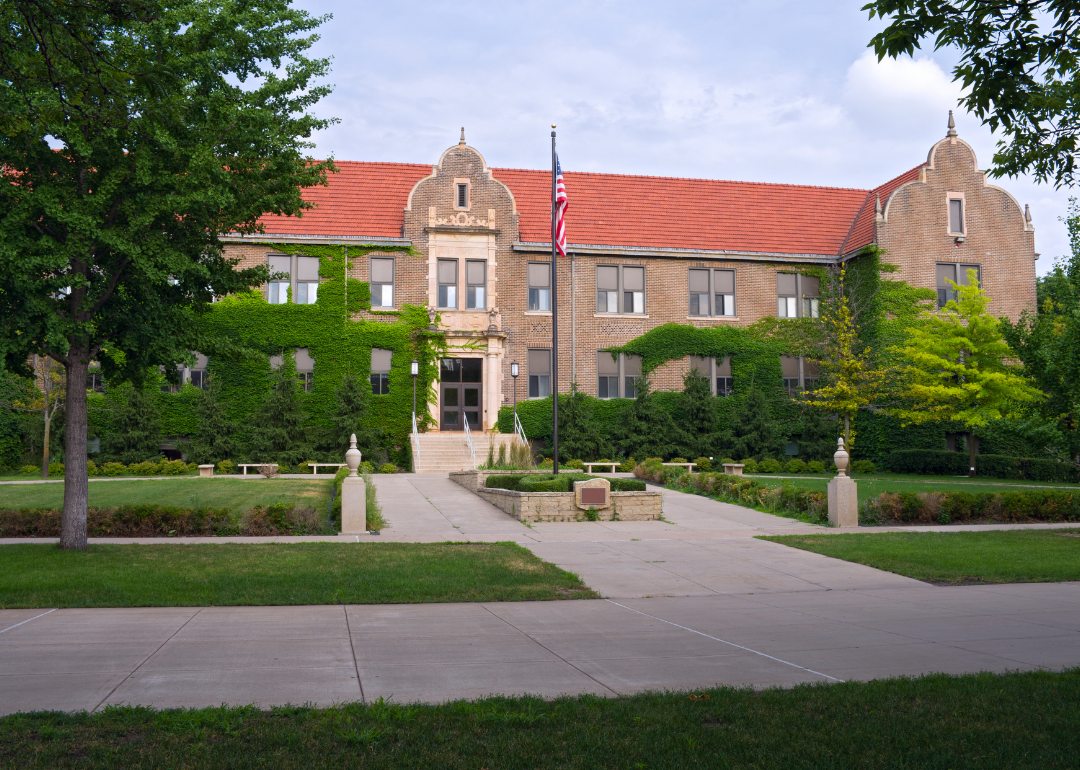
#20. Winona County, Minnesota
– Overall Rank: 691
– Population: 49,792
– Median household income: $66,162
– Median home value: $203,500 (69% own)
– Median rent: $803 (31% rent)
– Top public schools: Ridgeway Community School (grade A minus), Bluffview Montessori School (grade B+), St. Charles Elementary School (grade B)
– Top private schools: Cotter Schools (grade B+), Hope Lutheran High School (grade B), Winona Area Catholic Schools (grade unavailable)
– Top places: St. Charles (grade A), Winona (grade B+), Wilson Township (grade B)
About
Winona County is known for its scenic landscapes, strong educational institutions, and a diverse economy rooted in manufacturing, agriculture, and higher education. The community blends cultural heritage with innovation, supported by a network of public services and local businesses. Residents enjoy a vibrant quality of life shaped by both natural beauty and civic involvement.
County government oversees key operations such as infrastructure, emergency management, and public health. Arts programs, outdoor recreation, and historic sites contribute to a well-rounded and engaged community. Winona County continues to grow while preserving its environmental and cultural assets.
Where is Winona County?
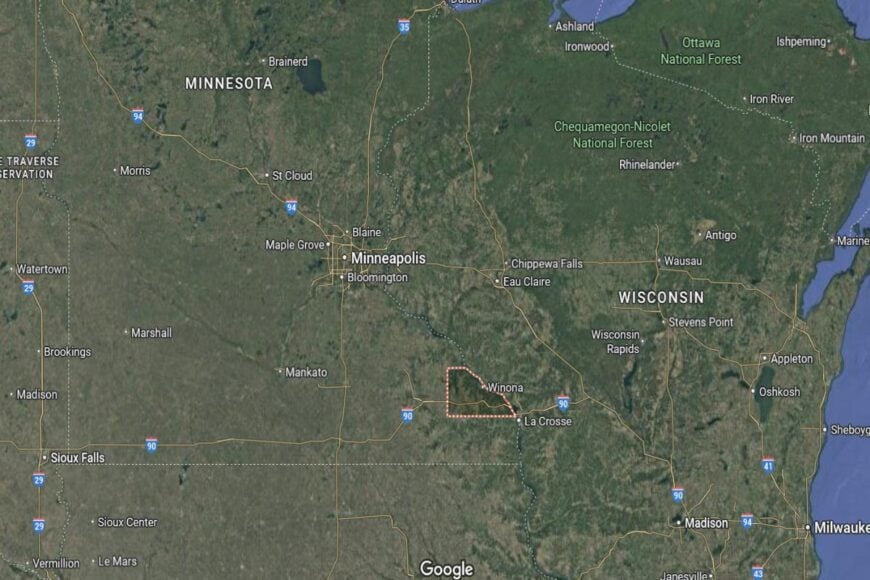
Winona County is located in the southeastern corner of Minnesota, along the Mississippi River. It lies about 110 miles southeast of Minneapolis and approximately 45 miles east of Rochester. The county seat, Winona, is situated near US Highways 14 and 61.
The county is roughly 30 miles northwest of La Crosse, Wisconsin, and about 90 miles northeast of Decorah, Iowa. It also sits around 140 miles northwest of Madison, Wisconsin. Winona County’s location places it along a key river corridor with access to multiple regional cities.
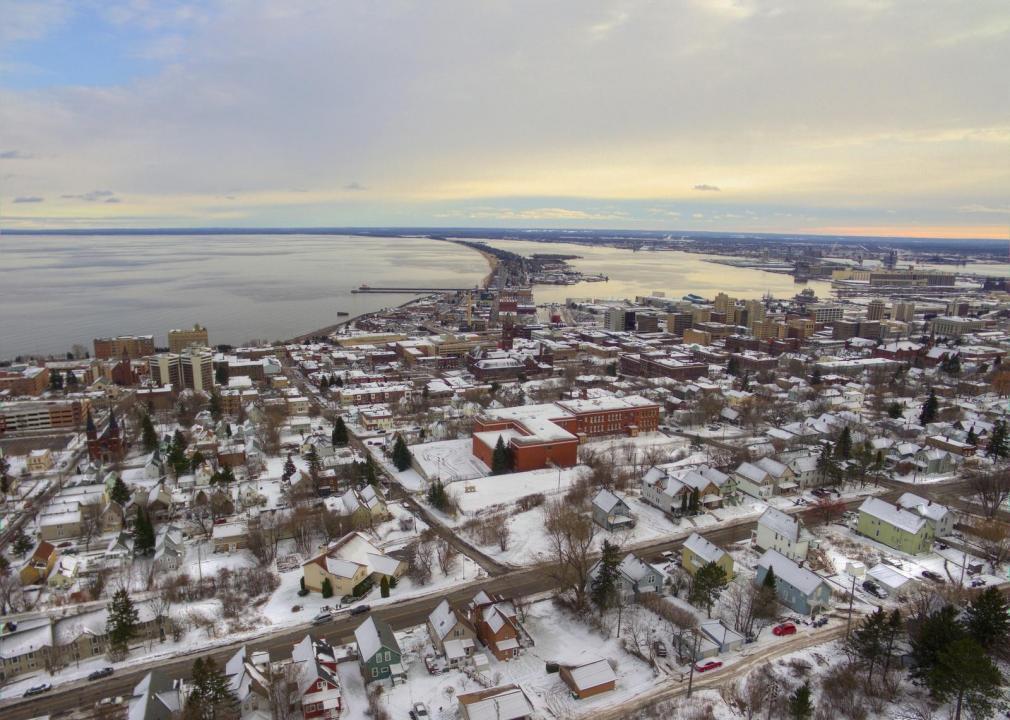
#19. St. Louis County, Minnesota
– Overall Rank: 660
– Population: 200,122
– Median household income: $66,491
– Median home value: $192,900 (72% own)
– Median rent: $927 (28% rent)
– Top public schools: Lester Park Elementary School (grade A minus), Congdon Elementary School (grade A minus), Harbor City International School (grade A minus)
– Top private schools: Marshall School (grade A), Lakeview Christian Academy (grade B minus), Stella Maris Academy – Holy Rosary Campus (grade unavailable)
– Top places: Duluth (grade A minus), Hermantown (grade B+), Ely (grade B+)
About
St. Louis County is the largest county in Minnesota by area, known for its vast natural resources, strong industrial history, and diverse economy. The region is supported by mining, forestry, healthcare, and tourism, with a focus on both economic development and environmental stewardship. Residents benefit from a blend of urban centers and rural communities, enriched by educational and cultural institutions.
The county government manages essential services including emergency response, infrastructure, public safety, and community health programs. Recreational opportunities such as hiking, fishing, and winter sports are widely available, fostering a strong connection to the outdoors. St. Louis County continues to balance progress with conservation, supporting sustainable growth and community well-being.
Where is St. Louis County?
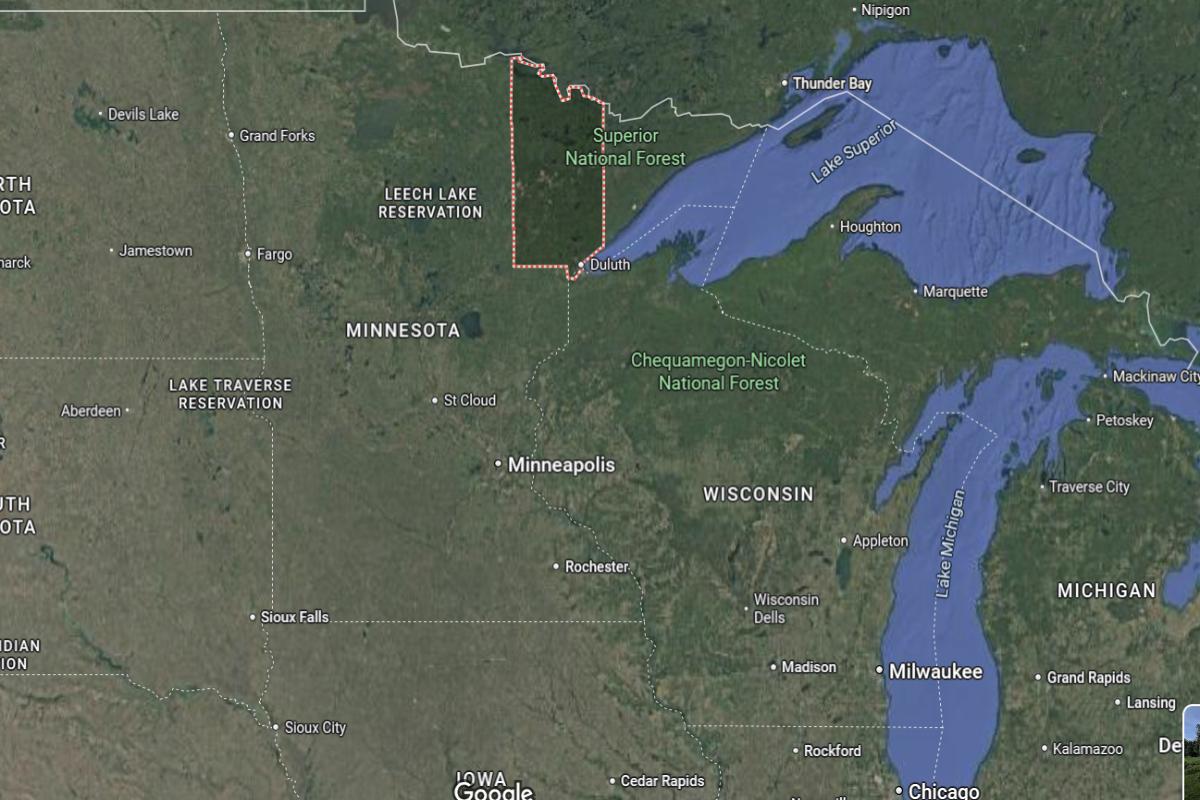
St. Louis County is located in the northeastern part of Minnesota and is the largest county in the state by area. It lies about 155 miles north of Minneapolis and approximately 70 miles northwest of the Wisconsin border. The county seat, Duluth, is situated along Lake Superior and near the junction of I-35 and US Highway 53.
The county extends roughly 100 miles north to the Canadian border and about 90 miles east to the North Shore near Grand Marais. It also sits around 85 miles northeast of Hibbing, a key city in the county’s Iron Range region. St. Louis County’s vast area spans forests, lakes, and urban centers, linking Minnesota to both Canada and the Great Lakes.
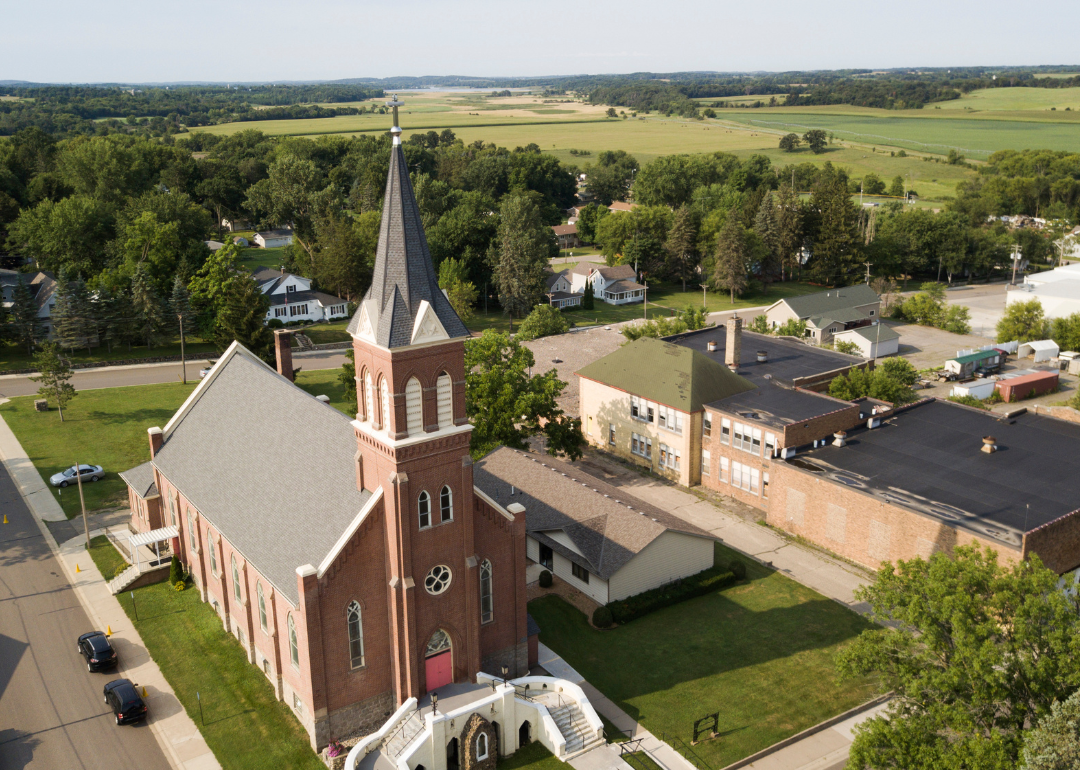
#18. Stearns County, Minnesota
– Overall Rank: 659
– Population: 158,622
– Median household income: $73,105
– Median home value: $241,100 (67% own)
– Median rent: $975 (33% rent)
– Top public schools: Oak Ridge Elementary School (grade A), Sartell Middle School (grade A), Pine Meadow Elementary School (grade A)
– Top private schools: Saint John’s Preparatory School (grade A+), Cathedral Middle and High School (grade B+), St. Joseph Catholic School (grade unavailable)
– Top places: Le Sauk Township (grade A minus), Sartell (grade A minus), St. Joseph (grade A minus)
About
Stearns County features a diverse economy rooted in agriculture, education, healthcare, and manufacturing, offering a strong foundation for community development. The area is known for its vibrant mix of rural and urban life, with a commitment to innovation and tradition. Residents benefit from high-quality schools, public services, and a strong sense of civic pride.
County government provides essential services such as emergency management, infrastructure maintenance, and law enforcement. Cultural events, outdoor recreation, and historic sites contribute to a dynamic and connected community. Stearns County continues to thrive while preserving its values and promoting sustainable growth.
Where is Stearns County?
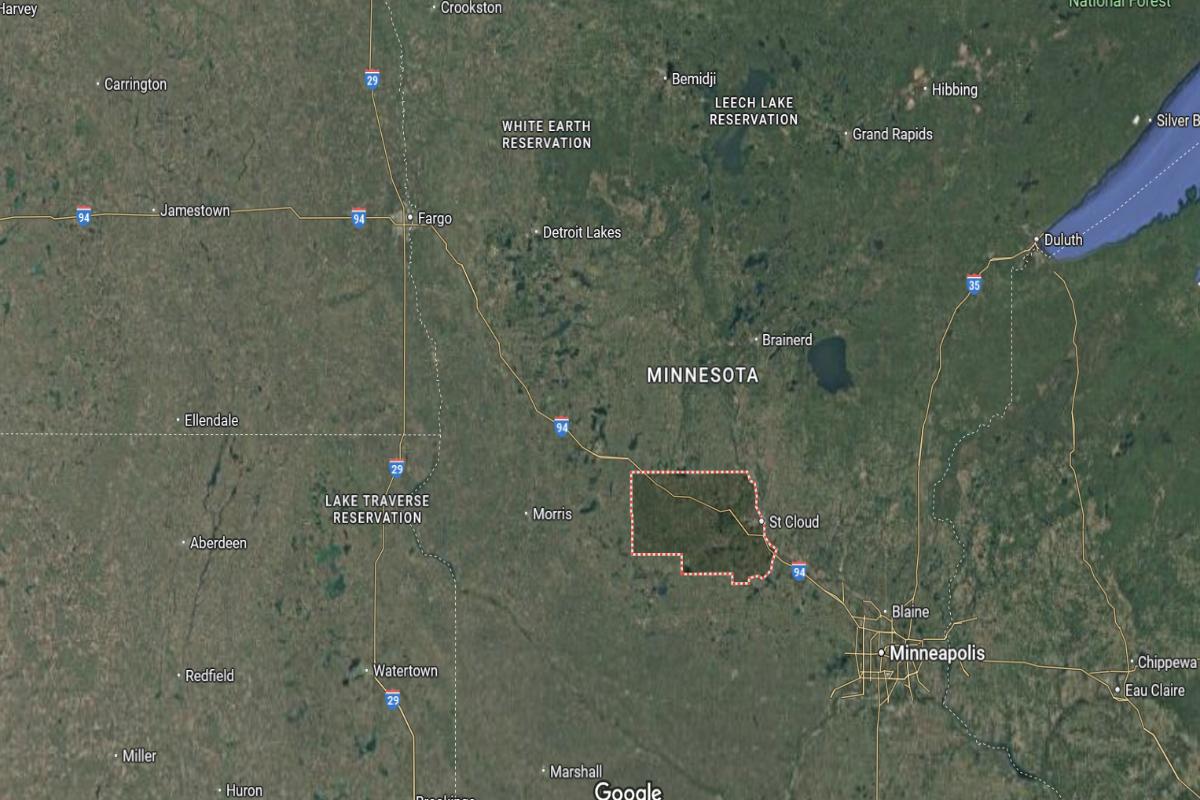
Stearns County is located in central Minnesota, within the state’s agricultural and lake region. It lies about 75 miles northwest of Minneapolis and approximately 65 miles southeast of Alexandria. The county seat, St. Cloud, is near the intersection of I-94 and State Highway 23.
The county is roughly 90 miles northeast of Willmar and about 80 miles southwest of Brainerd. It also sits around 135 miles southeast of Fargo, North Dakota. Stearns County’s central location makes it a key hub connecting rural and urban areas in Minnesota.

#17. Beltrami County, Minnesota
– Overall Rank: 655
– Population: 46,274
– Median household income: $62,173
– Median home value: $203,900 (68% own)
– Median rent: $935 (32% rent)
– Top public schools: Lincoln Elementary School (grade A minus), Bemidji Senior High School (grade A minus), Treknorth High School (grade A minus)
– Top private schools: St. Philip’s School (grade unavailable), St. Mary’s Mission School (grade unavailable), Heartland Christian Academy (grade unavailable)
– Top places: Northern Township (grade A+), Bemidji Township (grade A minus), Eckles Township (grade B+)
About
Beltrami County is known for its natural beauty, cultural diversity, and a local economy supported by education, government services, healthcare, and tourism. The community blends urban conveniences with access to vast outdoor recreation, offering a balanced lifestyle for residents. Strong public institutions and a commitment to inclusivity shape the county’s identity.
County government delivers key services including emergency response, infrastructure maintenance, and public health programs. Residents enjoy year-round activities, community events, and access to lakes, forests, and trails. Beltrami County continues to promote community well-being while preserving its environmental and cultural heritage.
Where is Beltrami County?
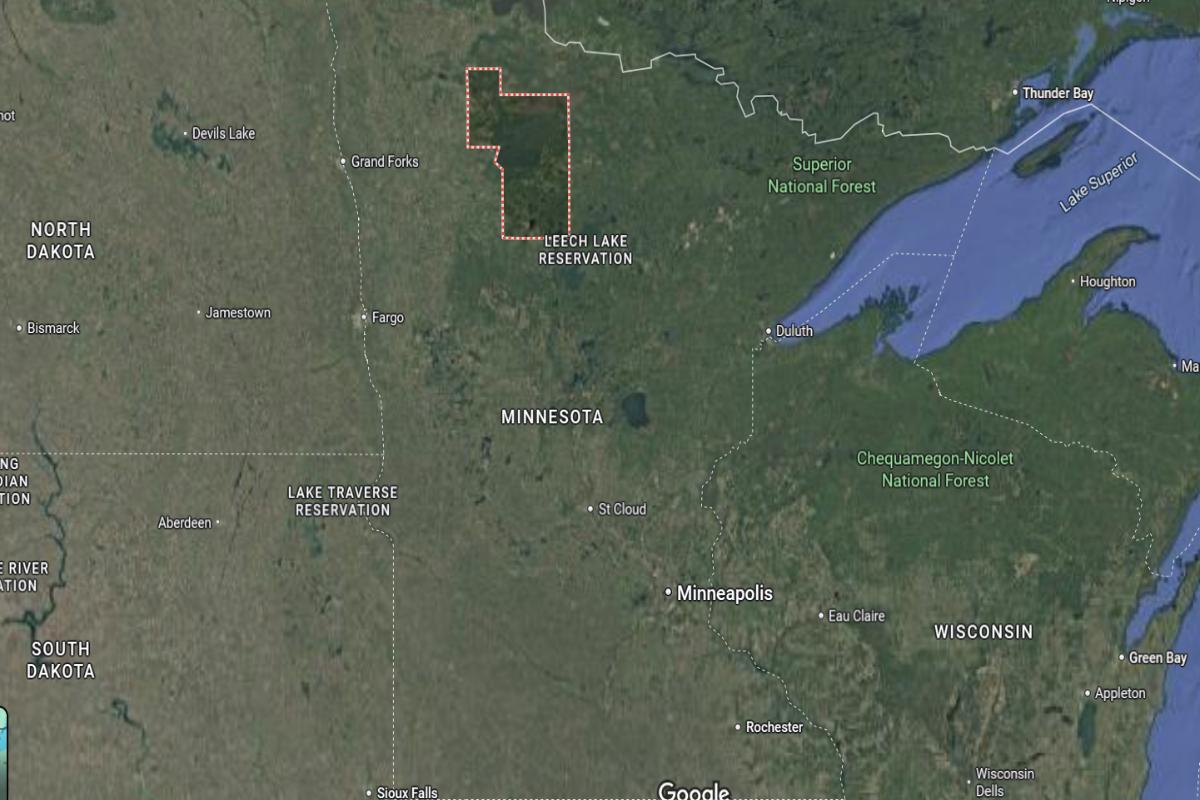
Beltrami County is located in north-central Minnesota, within the state’s forest and lake region. It lies about 115 miles east of Fargo, North Dakota, and approximately 225 miles northwest of Minneapolis. The county seat, Bemidji, is near the intersection of US Highways 2 and 71.
The county is roughly 80 miles northwest of Grand Rapids and about 100 miles southwest of the Canadian border. It also sits around 90 miles northeast of Park Rapids. Beltrami County’s location places it at the heart of northern Minnesota’s outdoor and recreational landscape.
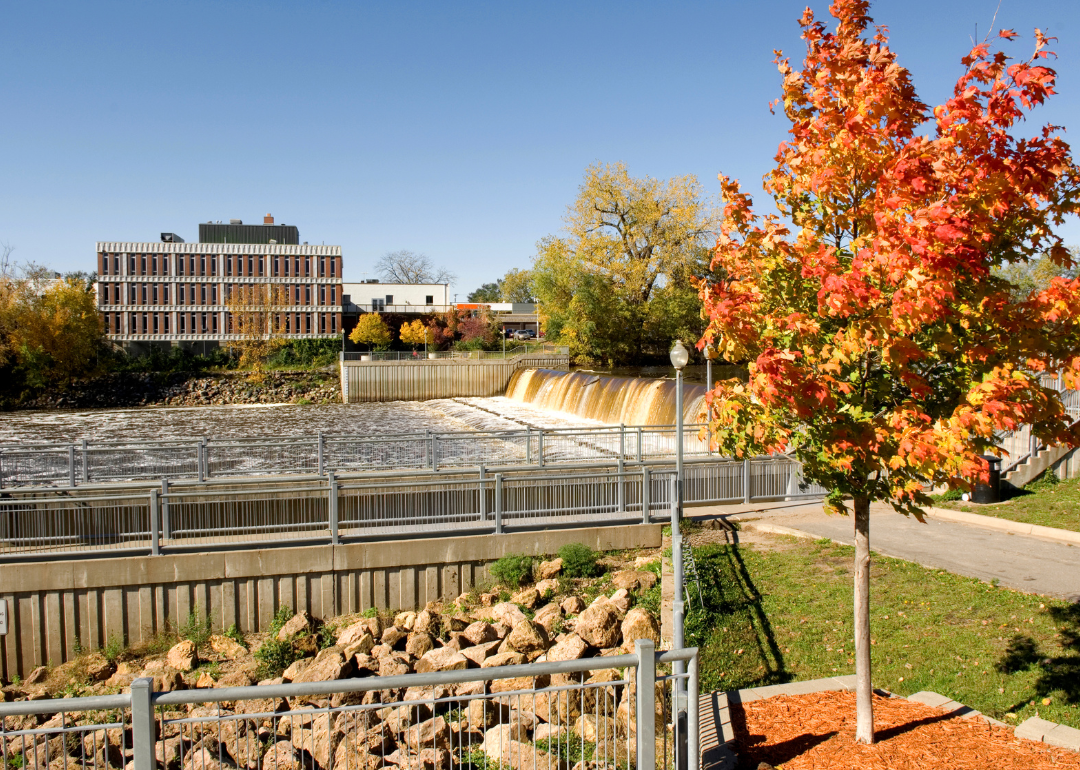
#16. Anoka County, Minnesota
– Overall Rank: 632
– Population: 363,985
– Median household income: $95,782
– Median home value: $302,300 (80% own)
– Median rent: $1,356 (20% rent)
– Top public schools: Elementary Lighthouse (grade A), Sunrise Elementary School (grade A), Andover Elementary School (grade A)
– Top private schools: Al-Amal School (grade A+), Totino-Grace High School (grade A), Woodcrest Baptist Academy (grade B minus)
– Top places: Blaine (grade A minus), Lino Lakes (grade A minus), Circle Pines (grade A minus)
About
Anoka County has a strong and diverse economy supported by manufacturing, retail, healthcare, and professional services. The community combines suburban development with natural spaces, offering residents both convenience and a high quality of life. Education, infrastructure, and public safety are key priorities that support steady growth.
The county government provides essential services such as law enforcement, emergency management, and public health. Parks, trails, and cultural events foster community engagement and outdoor recreation. Anoka County continues to thrive by balancing growth, sustainability, and strong civic values.
Where is Anoka County?
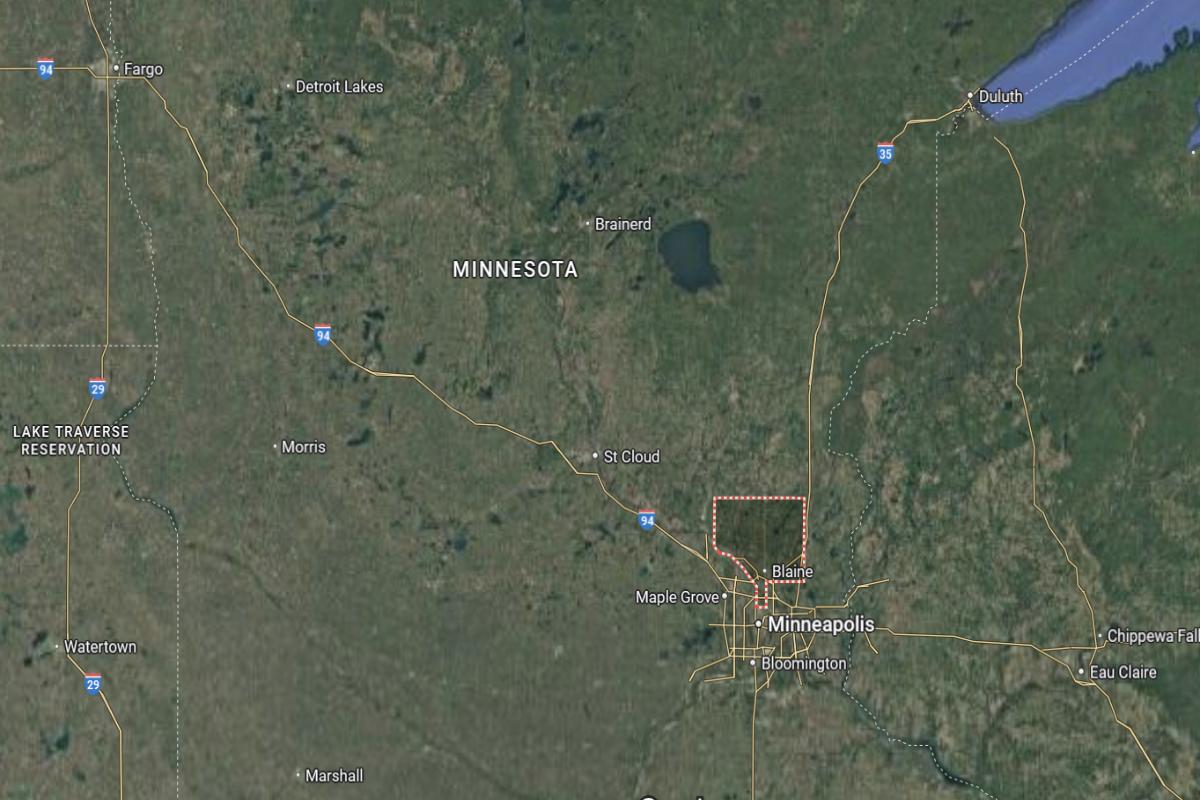
Anoka County is located in east-central Minnesota and forms part of the northern Twin Cities metropolitan area. It lies about 15 miles north of Minneapolis and approximately 25 miles northwest of St. Paul. The county seat, Anoka, is near the junction of US Highways 10 and 169.
The county is roughly 60 miles southeast of St. Cloud and about 90 miles northwest of Rochester. It also sits around 115 miles south of Duluth. Anoka County’s location provides immediate access to urban centers and regional transit routes.
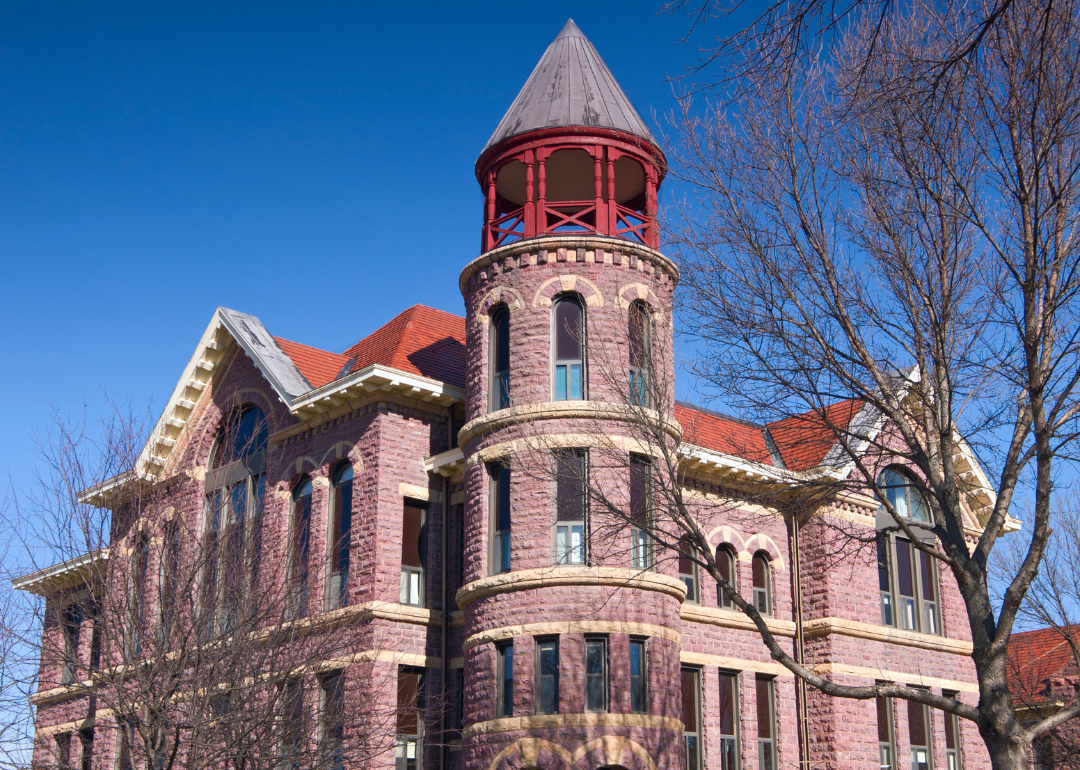
#15. Rock County, Minnesota
– Overall Rank: 604
– Population: 9,659
– Median household income: $75,060
– Median home value: $189,100 (77% own)
– Median rent: $788 (23% rent)
– Top public schools: Hills-Beaver Creek Elementary School (grade A minus), Luverne Elementary School (grade B+), Luverne Middle School (grade B+)
– Top private schools: South Western Youth Services (grade unavailable), Hills Christian School (grade unavailable)
– Top places: Luverne (grade A minus), Hardwick (grade B+), Beaver Creek Township (grade B+)
About
Rock County is a rural community with a strong agricultural base and a local economy supported by farming, small businesses, and public services. The area values tradition, family, and community involvement, offering a quiet and connected way of life. Residents benefit from reliable institutions, schools, and healthcare services.
County government provides essential operations including emergency response, infrastructure maintenance, and public safety. Recreational opportunities, local festivals, and historic sites enhance the community’s charm and engagement. Rock County continues to preserve its rural character while supporting long-term stability and quality of life.
Where is Rock County?
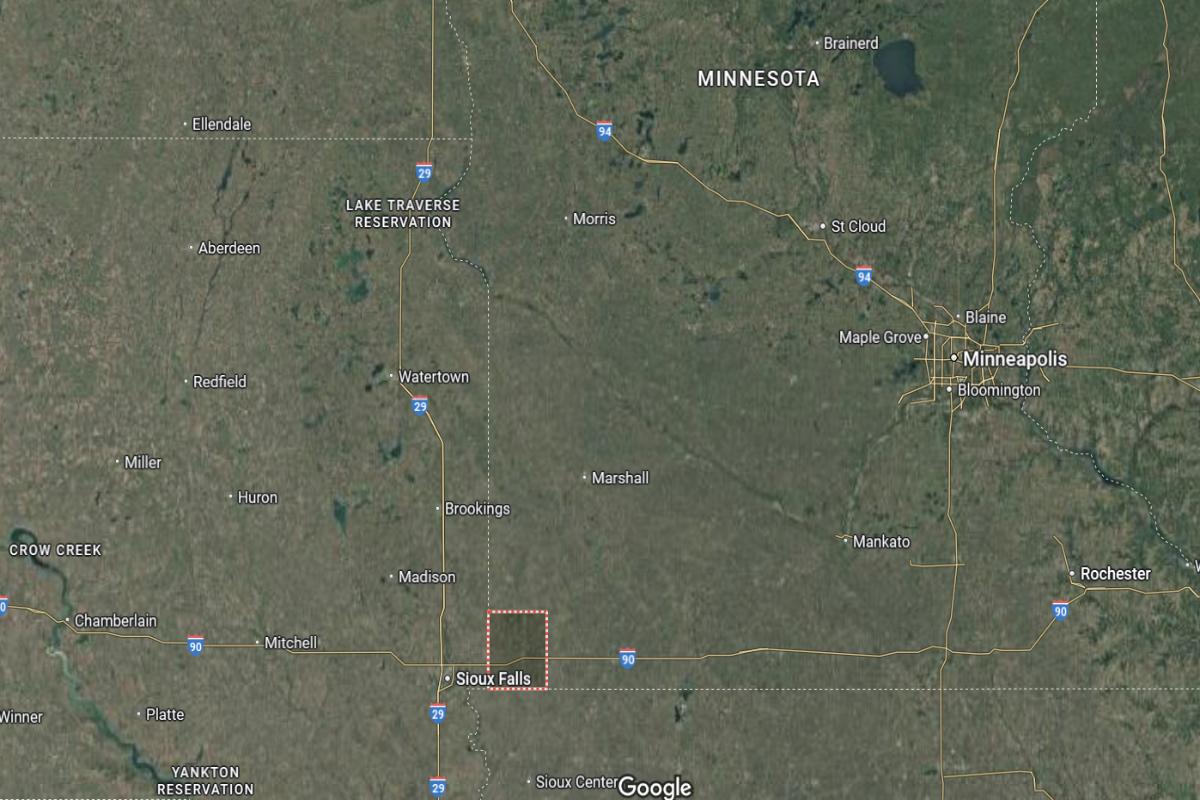
Rock County is located in the southwestern corner of Minnesota, right along the borders with South Dakota and Iowa. It lies about 30 miles east of Sioux Falls, South Dakota, and approximately 160 miles southwest of Minneapolis. The county seat, Luverne, is near the junction of I-90 and US Highway 75.
The county is roughly 90 miles south of Marshall and about 50 miles west of Worthington. It also sits around 70 miles north of Sioux City, Iowa. Rock County’s location places it at a key tri-state junction in the rural Midwest.
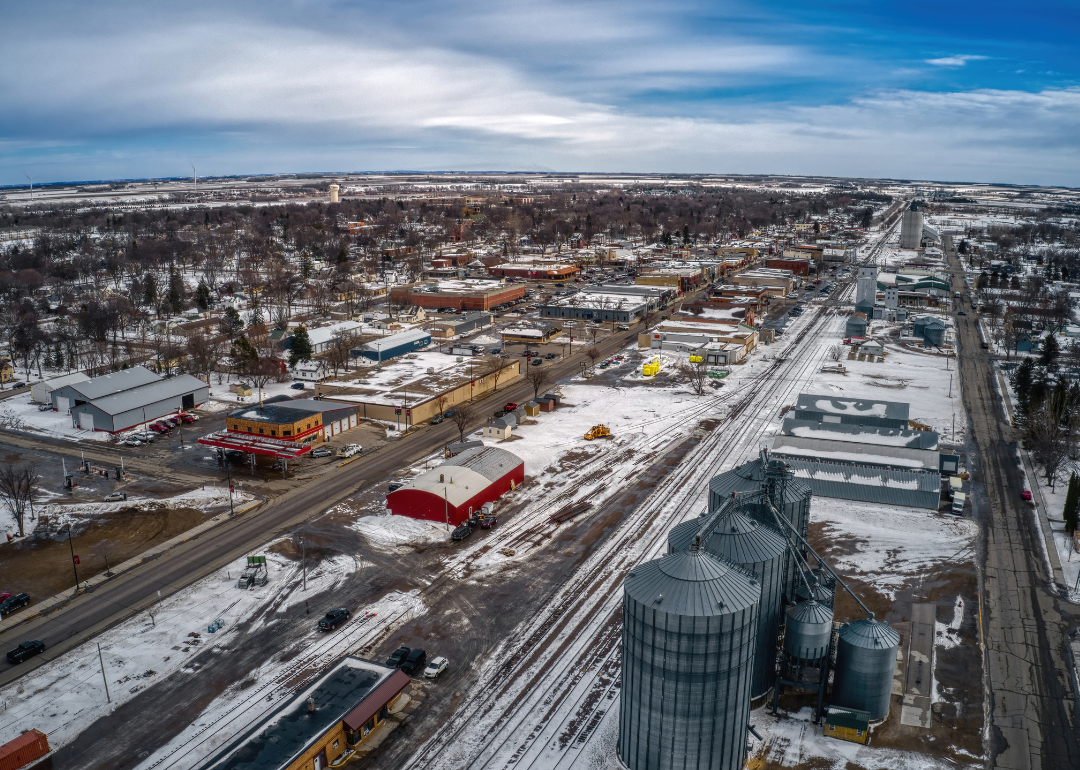
#14. Stevens County, Minnesota
– Overall Rank: 599
– Population: 9,682
– Median household income: $69,737
– Median home value: $170,700 (68% own)
– Median rent: $821 (32% rent)
– Top public schools: Hancock Elementary School (grade B+), Morris Area Elementary School (grade B), Hancock Secondary School (grade B)
– Top private schools: St. Mary’s School (grade unavailable)
– Top places: Morris (grade B+), Swan Lake Township (grade A minus), Hancock (grade B+)
About
Stevens County features a strong agricultural economy supported by education, research, and small business development. The community values innovation, sustainability, and civic involvement, creating a well-rounded and forward-thinking atmosphere. Residents enjoy a mix of rural charm and modern amenities, supported by local institutions.
County government provides vital services such as law enforcement, emergency management, and infrastructure maintenance. Cultural events, recreational facilities, and educational resources contribute to a high quality of life. Stevens County continues to promote growth while preserving its close-knit community values and natural surroundings.
Where is Stevens County?
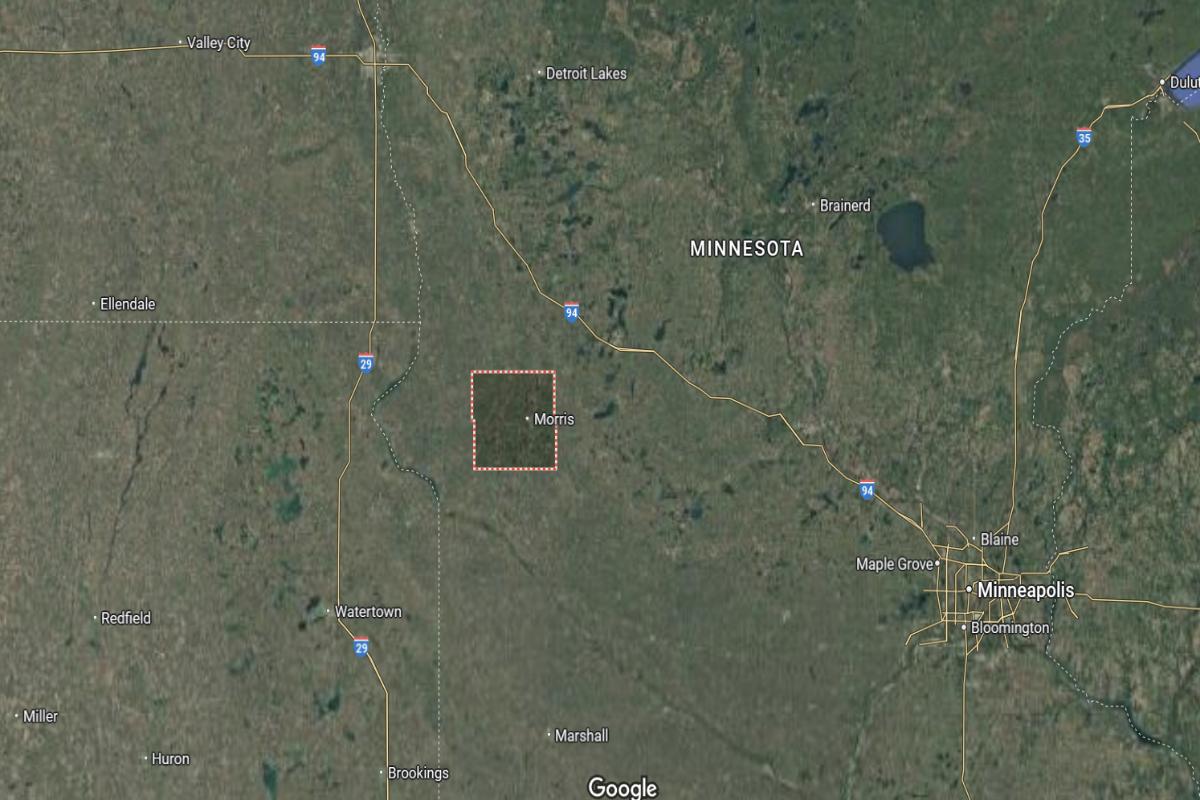
Stevens County is located in west-central Minnesota, within the state’s prairie region. It lies about 150 miles northwest of Minneapolis and approximately 60 miles west of Alexandria. The county seat, Morris, is near State Highways 28 and 59.
The county is roughly 50 miles east of the South Dakota border and about 90 miles south of the Canadian border. It also sits around 125 miles northeast of Watertown, South Dakota. Stevens County’s location places it in a rural but connected area of western Minnesota.
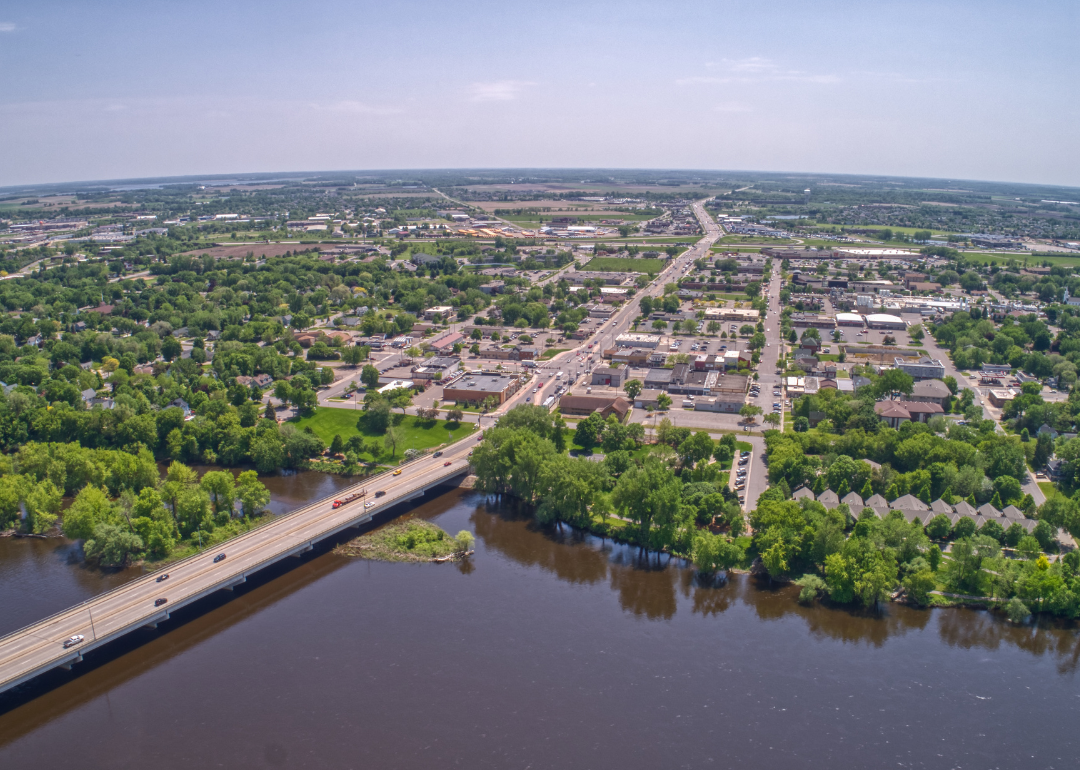
#13. Wright County, Minnesota
– Overall Rank: 541
– Population: 142,543
– Median household income: $102,980
– Median home value: $310,900 (83% own)
– Median rent: $1,149 (17% rent)
– Top public schools: St. Michael Elementary School (grade A), Fieldstone Elementary School (grade A), Big Woods Elementary School (grade A)
– Top private schools: Holy Spirit Academy (grade B), St. Michael Catholic School (grade unavailable), St. Francis Xavier Elementary School (grade unavailable)
– Top places: St. Michael (grade A), Delano (grade A), Otsego (grade A minus)
About
Wright County offers a growing and diverse economy supported by agriculture, manufacturing, retail, and professional services. The community blends rural landscapes with suburban development, making it attractive for families and businesses alike. Residents benefit from quality schools, healthcare, and strong local infrastructure.
County government provides key services including emergency management, law enforcement, and road maintenance. Parks, lakes, and community events foster a high quality of life and strong civic engagement. Wright County continues to expand while preserving its natural beauty and community-focused values.
Where is Wright County?
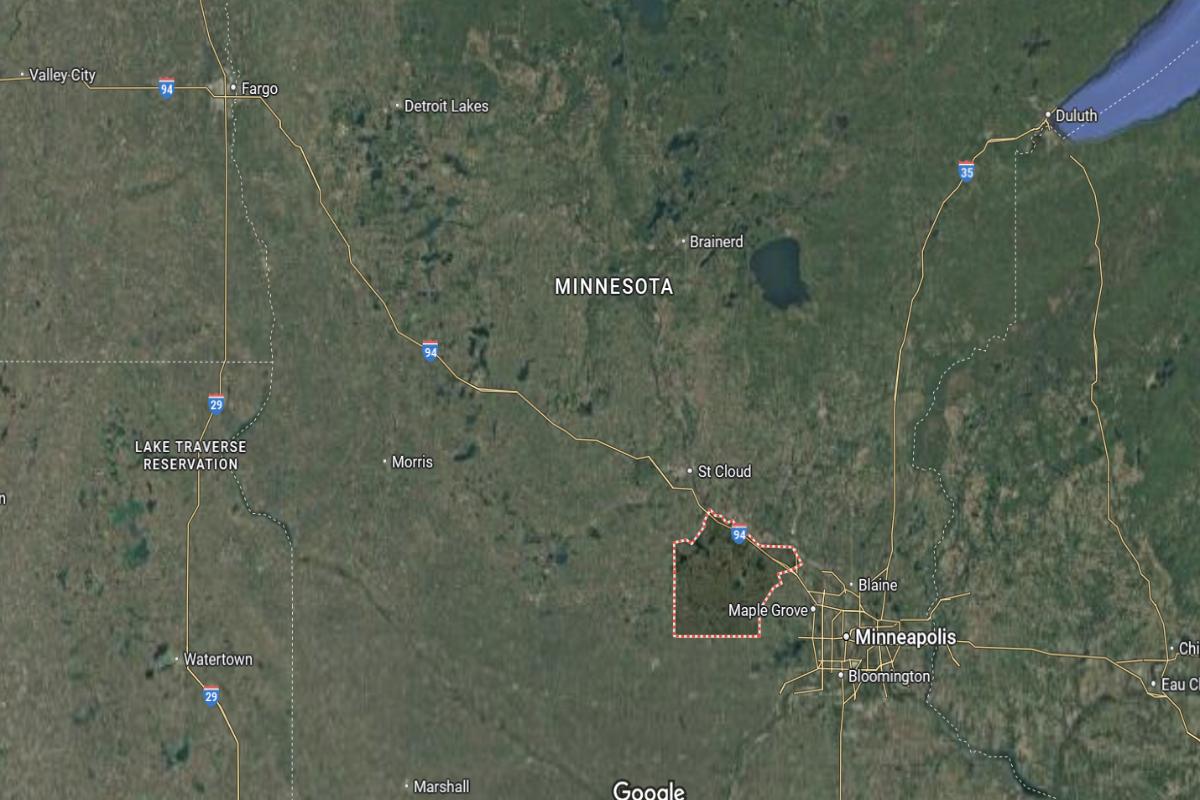
Wright County is located in central Minnesota, just west of the Twin Cities metropolitan area. It lies about 40 miles northwest of Minneapolis and approximately 25 miles southeast of St. Cloud. The county seat, Buffalo, is near State Highways 25 and 55.
The county is roughly 85 miles northeast of Mankato and about 95 miles southeast of Alexandria. It also sits around 110 miles south of Brainerd. Wright County’s location provides easy access to both urban centers and central Minnesota communities.
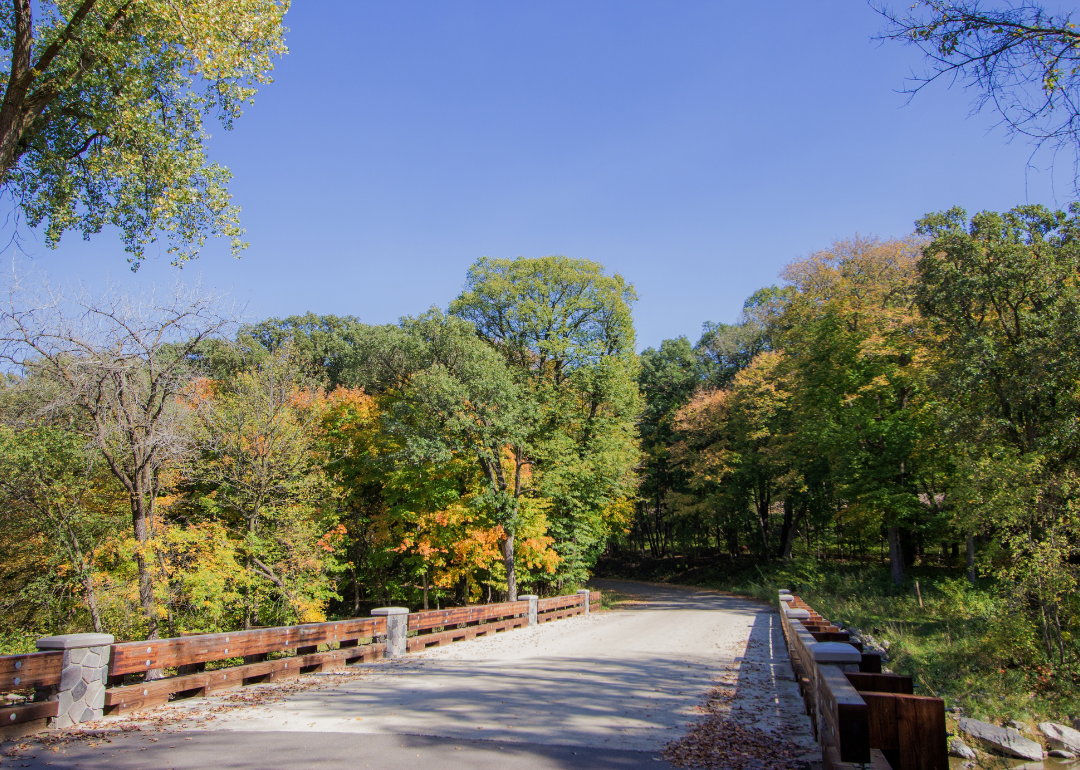
#12. Lyon County, Minnesota
– Overall Rank: 491
– Population: 25,352
– Median household income: $68,919
– Median home value: $177,600 (70% own)
– Median rent: $718 (30% rent)
– Top public schools: Minneota Elementary School (grade A minus), Marshall High School (grade A minus), Minneota Secondary School (grade B+)
– Top private schools: Holy Redeemer School (grade unavailable), Marshall Area Christian School (grade unavailable), St. Mary’s Catholic School (grade unavailable)
– Top places: Marshall (grade A minus), Lake Marshall Township (grade A minus), Fairview Township (grade B+)
About
Lyon County is anchored by a strong agricultural base, complemented by manufacturing, education, and healthcare services. The community values hard work, education, and civic participation, offering a blend of rural charm and modern resources. Residents enjoy access to local businesses, public institutions, and a supportive social environment.
County government oversees essential services such as emergency response, infrastructure maintenance, and public health. Cultural events, recreational opportunities, and historic sites enhance quality of life and community pride. Lyon County continues to support balanced growth while honoring its traditions and rural roots.
Where is Lyon County?
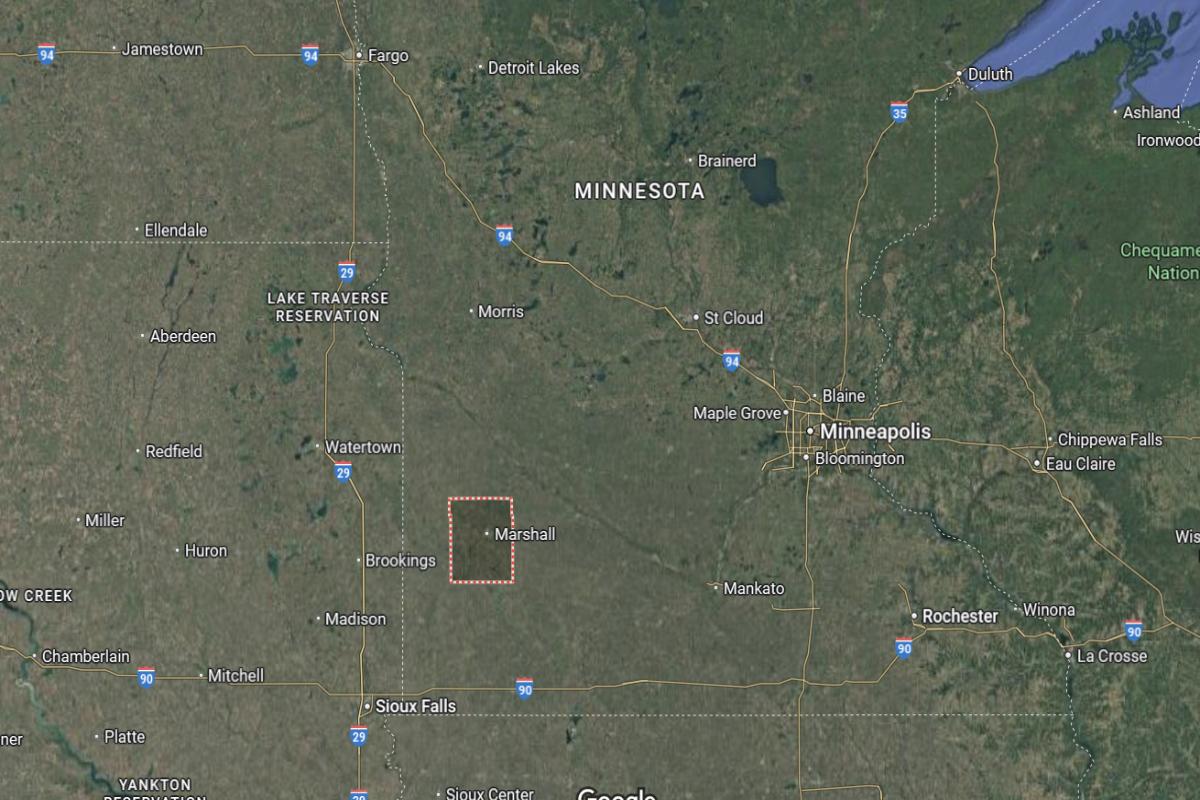
Lyon County is located in southwestern Minnesota, within the state’s prairie region. It lies about 145 miles southwest of Minneapolis and approximately 90 miles northeast of Sioux Falls, South Dakota. The county seat, Marshall, is near the intersection of State Highways 19 and 23.
The county is roughly 65 miles west of Mankato and about 50 miles east of the South Dakota border. It also sits around 110 miles north of Sioux City, Iowa. Lyon County’s location offers access to both agricultural areas and regional transportation routes.
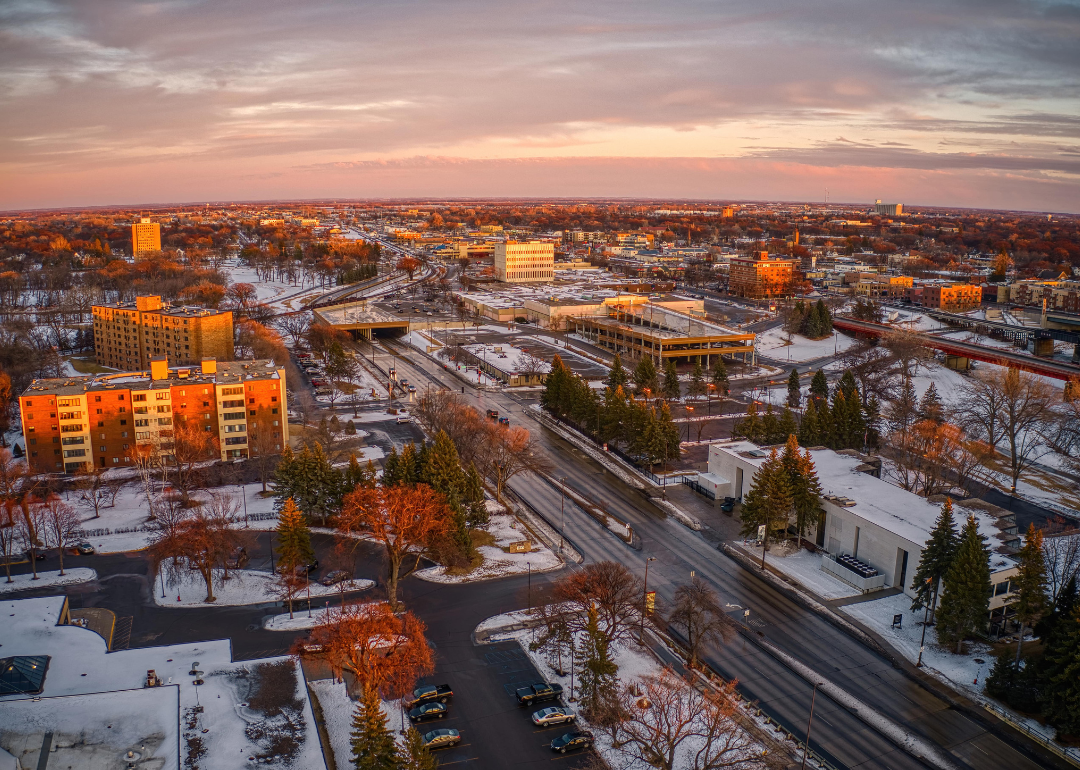
#11. Clay County, Minnesota
– Overall Rank: 400
– Population: 65,307
– Median household income: $75,006
– Median home value: $241,400 (66% own)
– Median rent: $972 (34% rent)
– Top public schools: Hawley Elementary School (grade B+), Barnesville Elementary School (grade B+), Moorhead High School (grade B)
– Top private schools: Park Christian School (grade B+), St. Joseph’s School (grade unavailable), Cobber Kids – Concordia College (grade unavailable)
– Top places: Moorhead (grade A minus), Dilworth (grade B+), Moorhead Township (grade A minus)
About
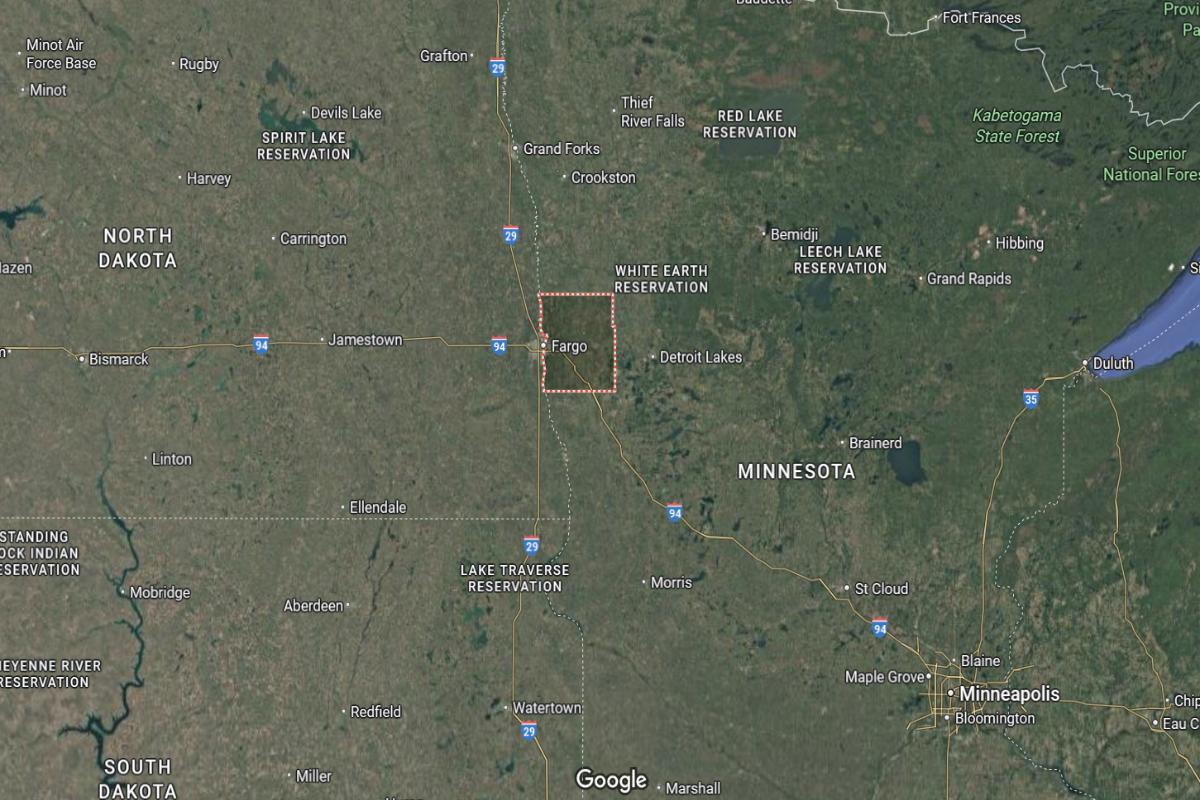
Clay County is located in the northwestern part of Minnesota, along the Red River near the North Dakota border. It lies about 5 miles east of Fargo, North Dakota, and approximately 230 miles northwest of Minneapolis. The county seat, Moorhead, is connected by I-94 and US Highway 10.
The county is roughly 90 miles northwest of Alexandria and about 115 miles southwest of Bemidji. It also sits around 70 miles south of the Canadian border. Clay County’s location provides direct access to regional hubs and cross-border transportation routes.
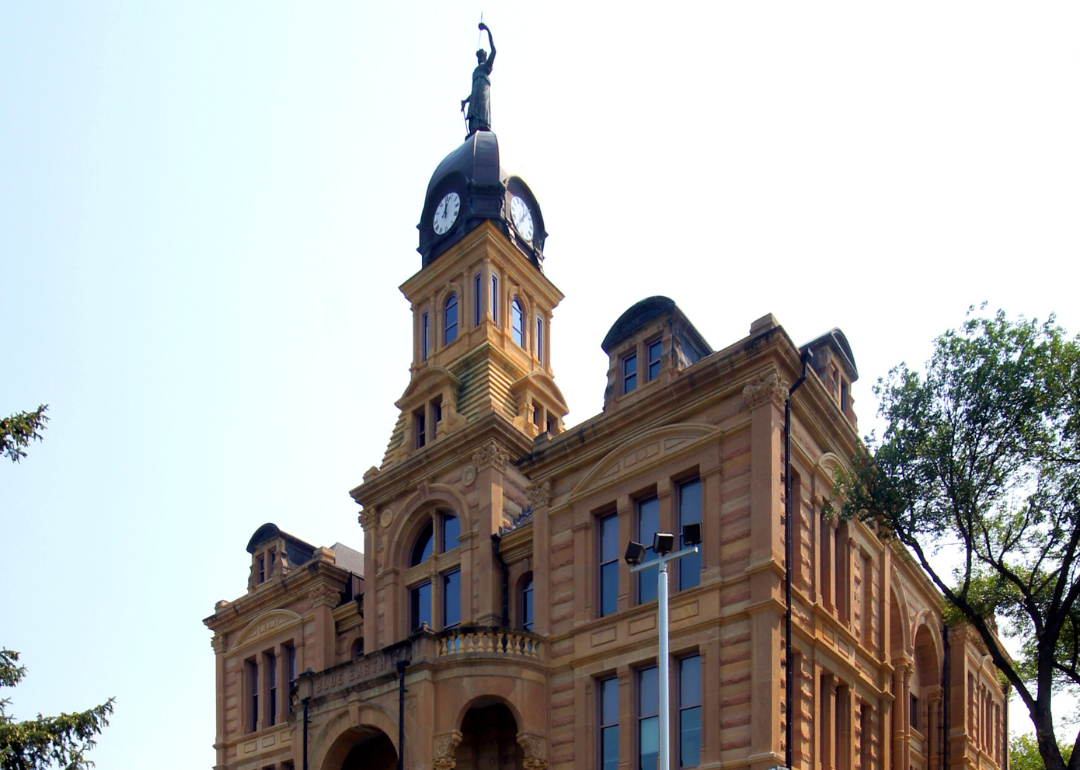
#10. Blue Earth County, Minnesota
– Overall Rank: 381
– Population: 69,022
– Median household income: $70,906
– Median home value: $239,200 (61% own)
– Median rent: $1,007 (39% rent)
– Top public schools: Franklin Elementary School (grade A), Mankato West Senior High School (grade A), Jefferson Elementary School (grade A minus)
– Top private schools: Loyola Catholic School (grade A minus), Grace Christian School (grade A minus), Immanuel Lutheran School (grade B minus)
– Top places: Mankato (grade A minus), Mankato Township (grade A minus), Eagle Lake (grade B+)
About
Blue Earth County has a diverse and thriving economy supported by agriculture, education, healthcare, and manufacturing. The community values innovation, sustainability, and civic engagement, offering residents access to strong public services and a vibrant cultural scene. A blend of rural charm and urban convenience defines everyday life.
County government provides essential services including public safety, infrastructure maintenance, and emergency management. Recreational facilities, parks, and local events foster a strong sense of community and well-being. Blue Earth County continues to grow while preserving its heritage and enhancing quality of life for all residents.
Where is Blue Earth County?
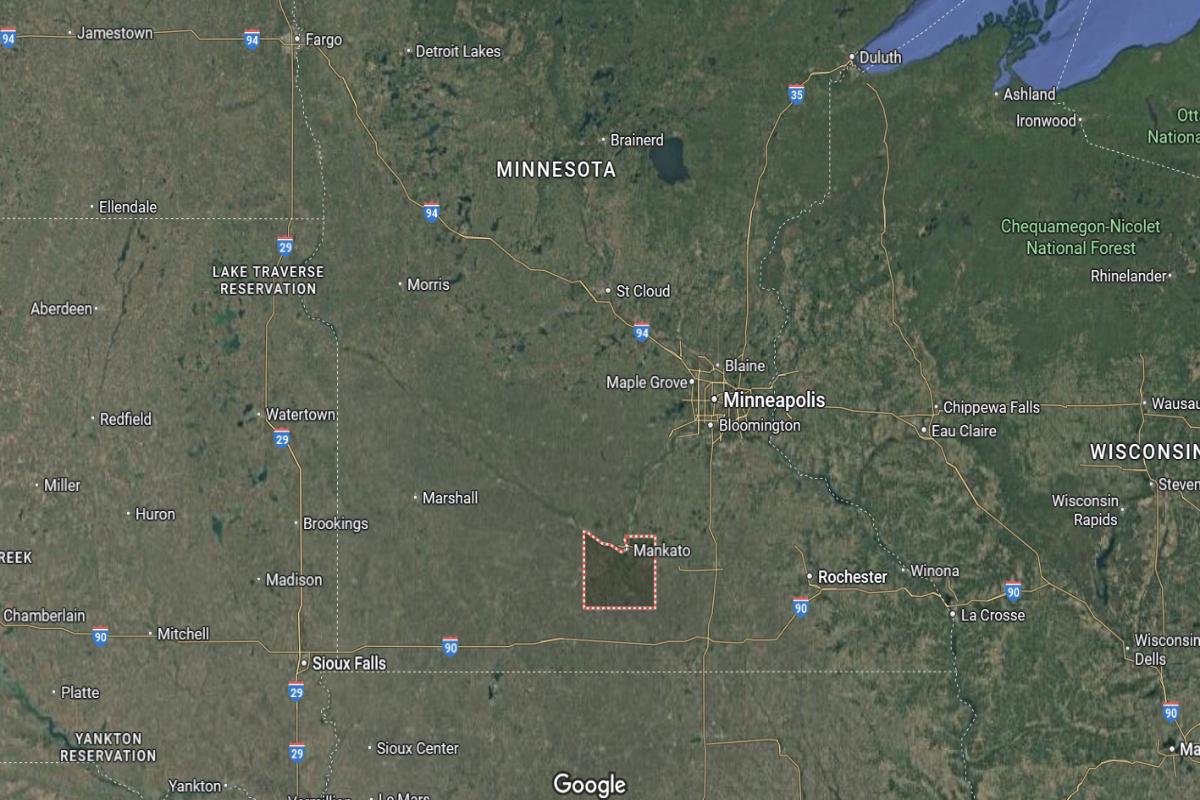
Blue Earth County is located in south-central Minnesota, in a region known for agriculture and higher education. It lies about 80 miles southwest of Minneapolis and approximately 50 miles west of Rochester. The county seat, Mankato, is near the intersection of US Highways 14 and 169.
The county is roughly 35 miles north of the Iowa border and about 90 miles east of New Ulm. It also sits around 125 miles southeast of Sioux Falls, South Dakota. Blue Earth County’s location offers strong connections to regional cities and rural communities.
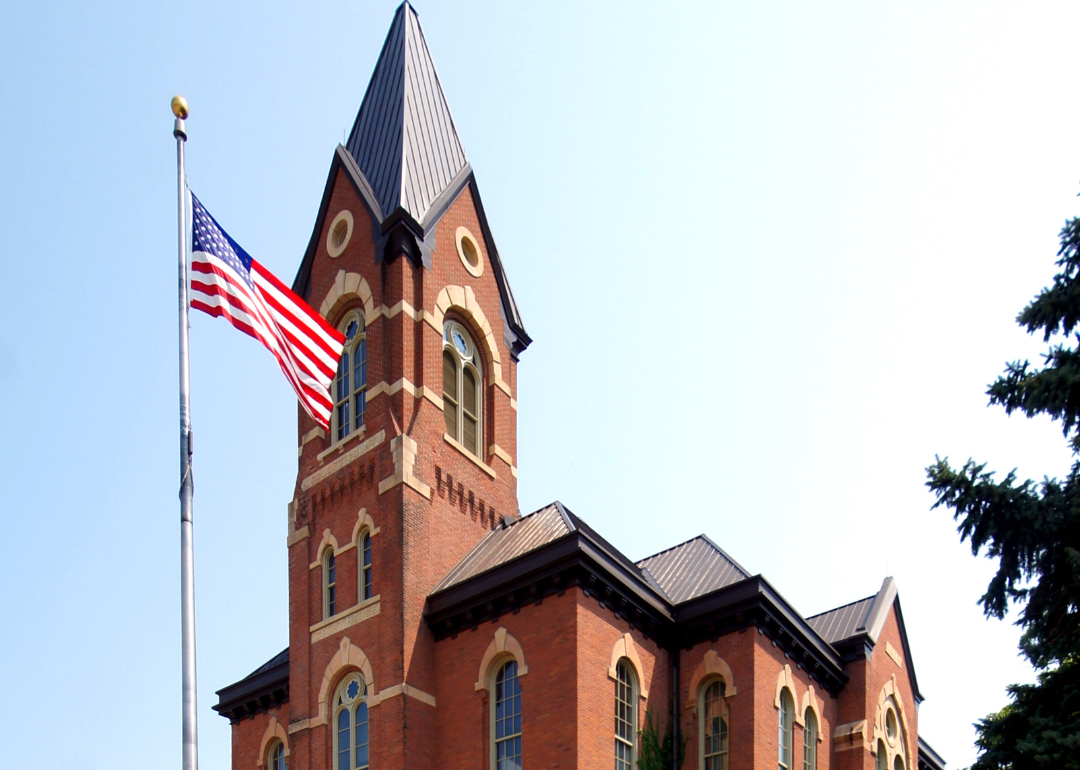
#9. Nicollet County, Minnesota
– Overall Rank: 369
– Population: 34,380
– Median household income: $79,113
– Median home value: $240,700 (74% own)
– Median rent: $901 (26% rent)
– Top public schools: Bridges Community Elementary School (grade A), Dakota Meadows Middle School (grade B+), Hoover Elementary School (grade B+)
– Top private schools: Minnesota Valley Lutheran High School (grade B+), John Ireland School (grade unavailable), Immanuel Lutheran School (grade unavailable)
– Top places: North Mankato (grade A), St. Peter (grade B+), Belgrade Township (grade B)
About
Nicollet County features a balanced economy supported by agriculture, education, manufacturing, and healthcare services. The community is known for its strong sense of heritage, active civic involvement, and commitment to quality of life. Residents enjoy a blend of small-town atmosphere and access to modern resources.
County government provides key services such as emergency management, public health, and infrastructure maintenance. Cultural events, parks, and recreational opportunities strengthen community ties and engagement. Nicollet County continues to grow while preserving its traditions and supporting sustainable development.
Where is Nicollet County?
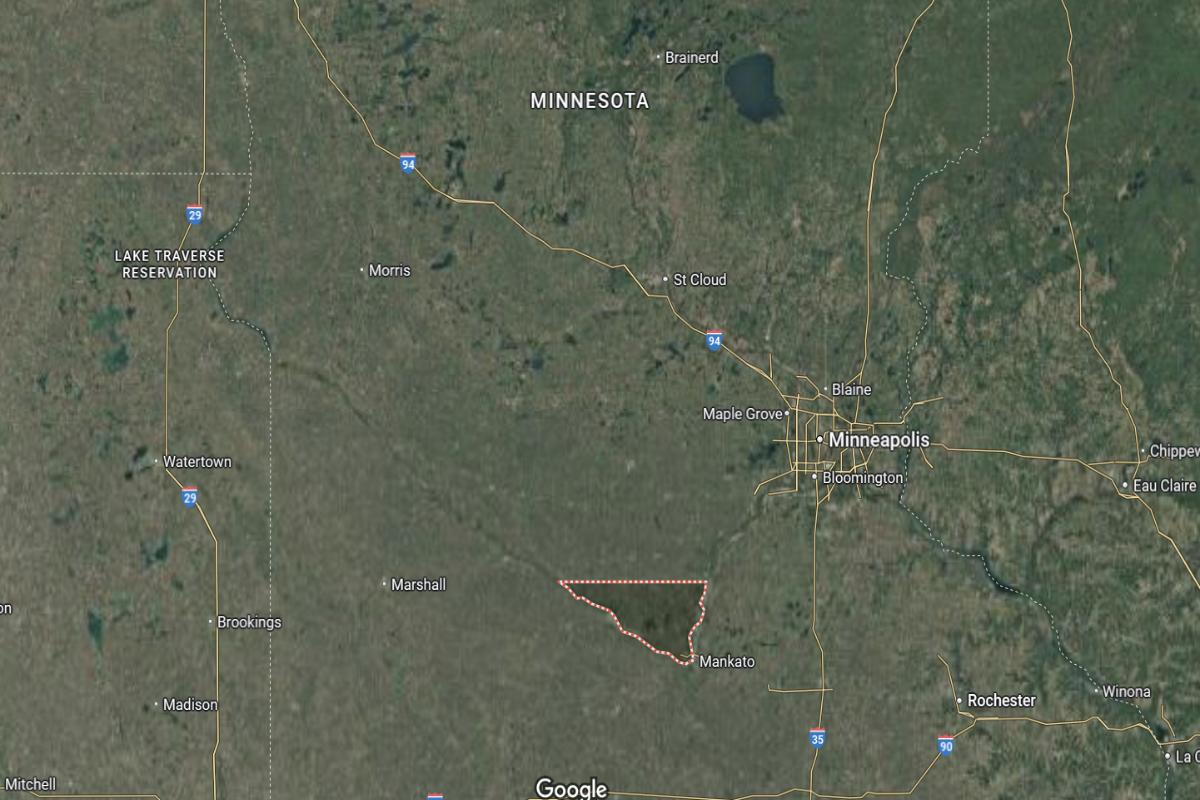
Nicollet County is located in south-central Minnesota, near the Minnesota River Valley. It lies about 75 miles southwest of Minneapolis and approximately 55 miles west of Rochester. The county seat, St. Peter, is near the junction of US Highways 169 and 99.
The county is roughly 30 miles north of the Iowa border and about 15 miles northwest of Mankato. It also sits around 95 miles southeast of Willmar. Nicollet County’s location offers convenient access to nearby urban centers and rural regions.
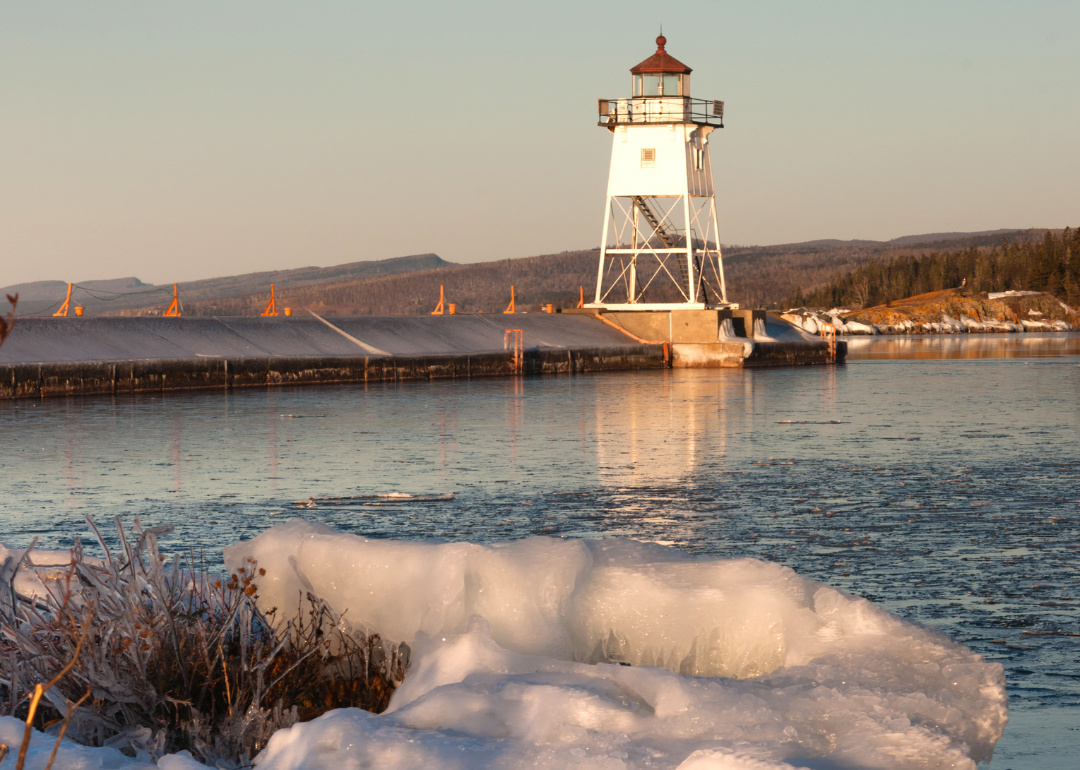
#8. Cook County, Minnesota
– Overall Rank: 179
– Population: 5,611
– Median household income: $71,937
– Median home value: $289,500 (78% own)
– Median rent: $874 (22% rent)
– Top public schools: Cook County Senior High School (grade B+), Sawtooth Mountain Elementary School (grade B), Great Expectations School (grade B minus)
– Top private schools:
– Top places: Grand Marais (grade A), Lutsen Township (grade A minus), Lutsen (grade A minus)
About
Cook County is known for its breathtaking natural landscapes, vibrant arts scene, and a local economy centered on tourism, forestry, and small businesses. The community embraces sustainability, outdoor recreation, and a strong spirit of cooperation. Residents enjoy a peaceful lifestyle enriched by cultural activities and environmental awareness.
County government provides essential services including emergency response, public health, and infrastructure maintenance tailored to a remote and scenic setting. Year-round festivals, wilderness access, and community events foster connection and local pride. Cook County remains dedicated to preserving its natural beauty while supporting resilient and engaged communities.
Where is Cook County?
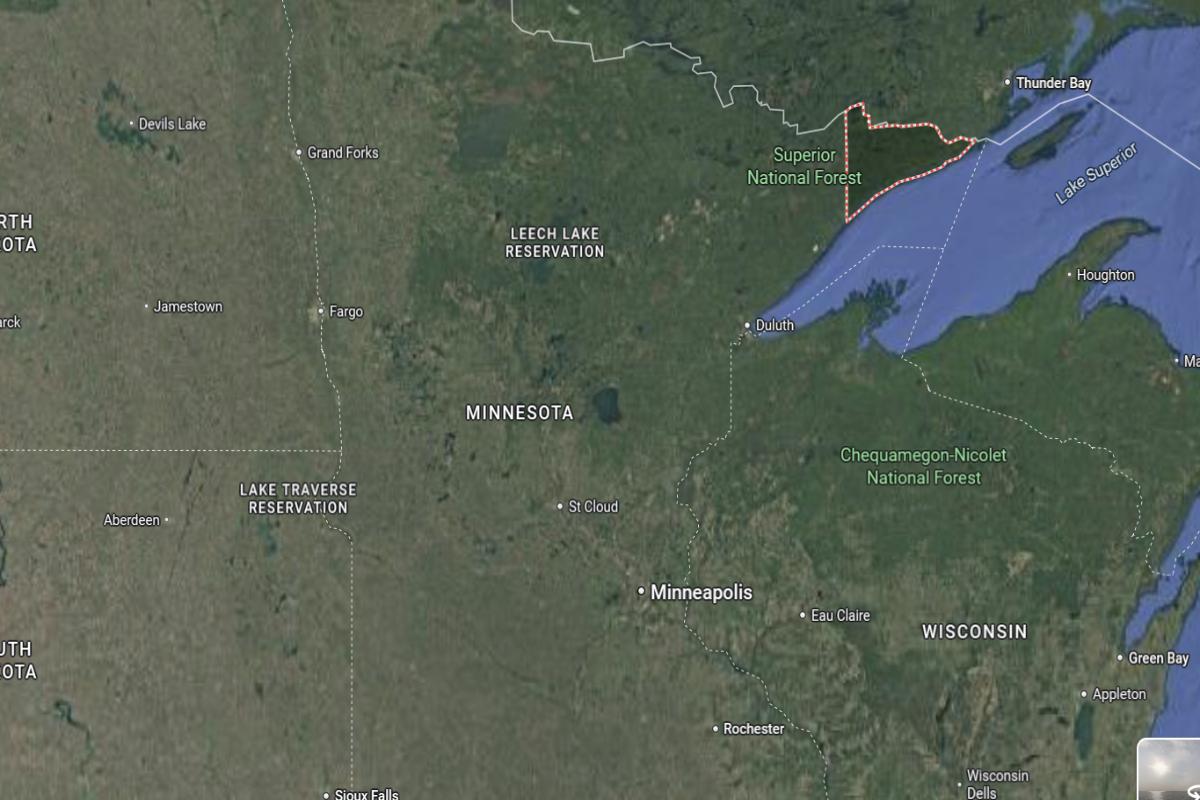
Cook County is located in the northeastern corner of Minnesota, along the shore of Lake Superior. It lies about 110 miles northeast of Duluth and approximately 295 miles northeast of Minneapolis. The county seat, Grand Marais, is accessed via State Highway 61.
The county is roughly 40 miles southwest of the Canadian border and about 90 miles southeast of Ely. It also sits around 85 miles east of the Boundary Waters Canoe Area Wilderness. Cook County’s location places it in a remote and scenic region known for forests, lakes, and rugged natural beauty.
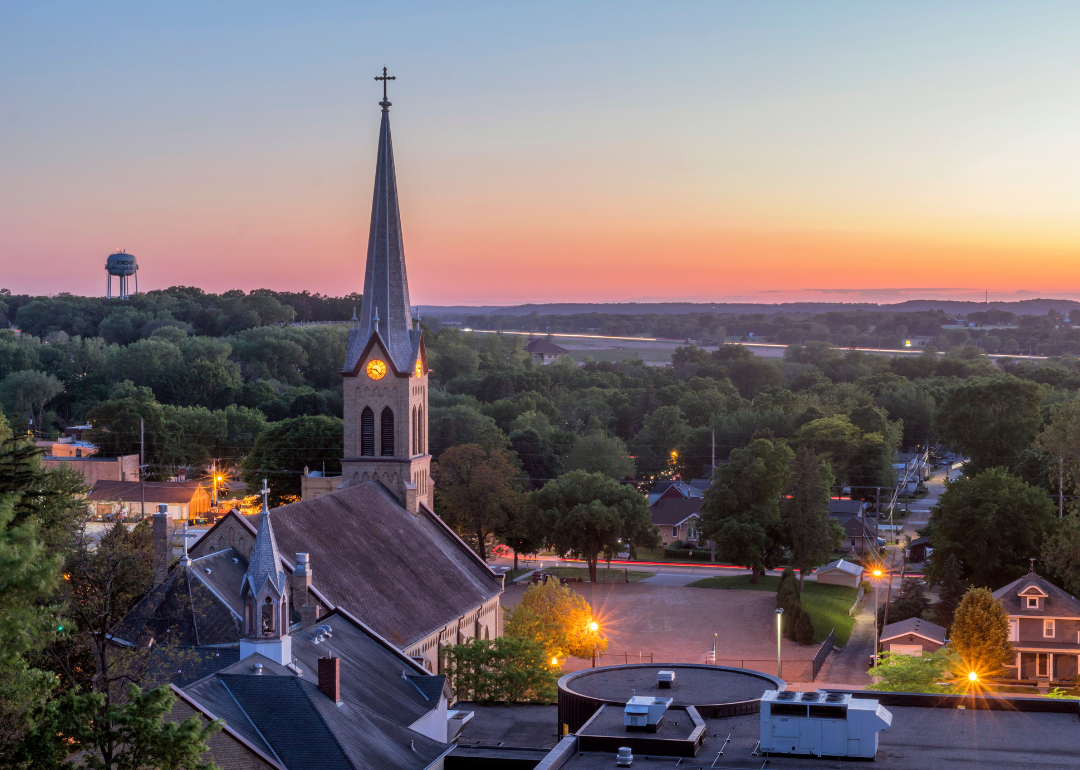
#7. Scott County, Minnesota
– Overall Rank: 156
– Population: 151,347
– Median household income: $118,268
– Median home value: $376,000 (83% own)
– Median rent: $1,419 (17% rent)
– Top public schools: Hidden Oaks Middle School (grade A), Jeffers Pond Elementary School (grade A minus), Westwood Elementary School (grade A minus)
– Top private schools: Prior Lake Christian Academy (grade B minus), St. John the Baptist Catholic School and Preschool (grade A), Shakopee Area Catholic School (grade unavailable)
– Top places: Savage (grade A), Prior Lake (grade A), Shakopee (grade A minus)
About
Scott County has a rapidly growing and diverse economy supported by manufacturing, retail, healthcare, and professional services. The community combines suburban development with scenic open spaces, offering residents a high quality of life. Strong schools, modern infrastructure, and civic engagement contribute to its continued success.
County government delivers essential services including emergency management, law enforcement, and transportation infrastructure. Parks, cultural programs, and community events create opportunities for recreation and connection. Scott County continues to balance growth and innovation with its commitment to sustainability and community well-being.
Where is Scott County?
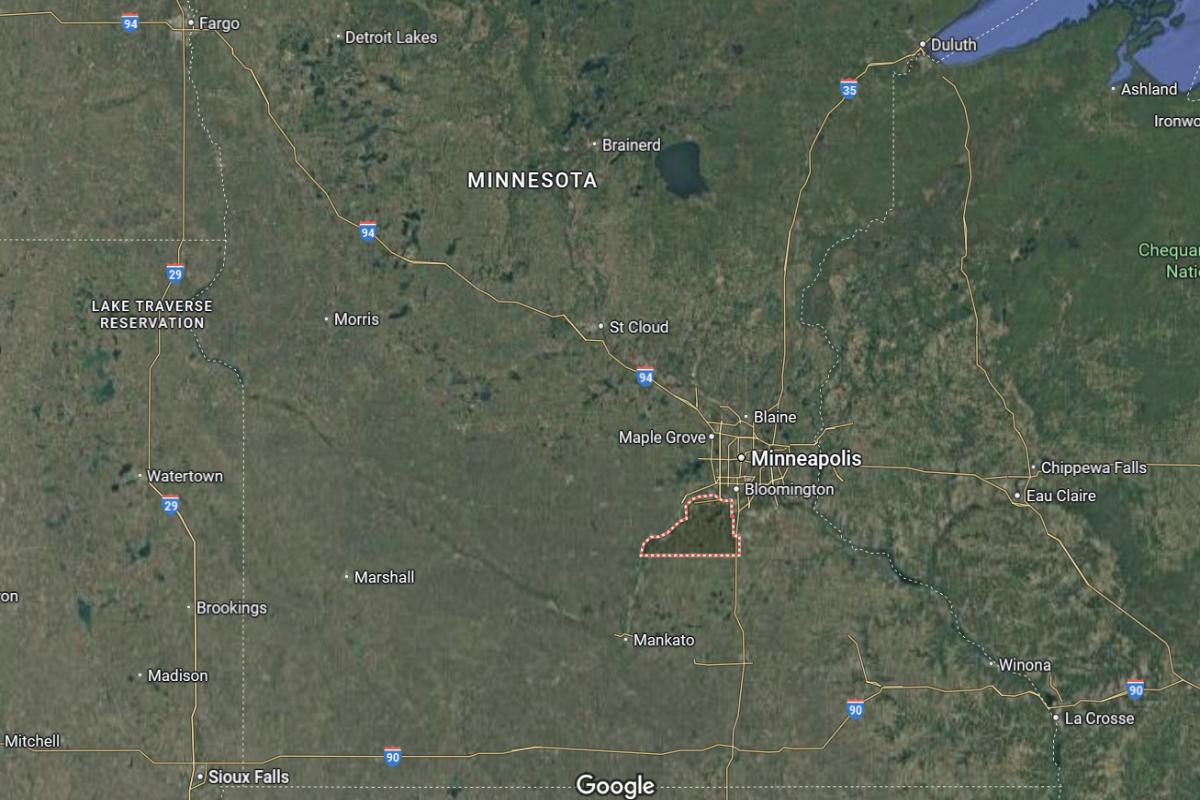
Scott County is located in southeastern Minnesota, within the southern portion of the Twin Cities metropolitan area. It lies about 25 miles southwest of Minneapolis and approximately 35 miles southwest of St. Paul. The county seat, Shakopee, is near US Highway 169 and State Highway 13.
The county is roughly 65 miles northeast of Mankato and about 90 miles southeast of St. Cloud. It also sits around 115 miles northwest of Rochester. Scott County’s location offers easy access to both urban centers and surrounding suburban and rural communities.
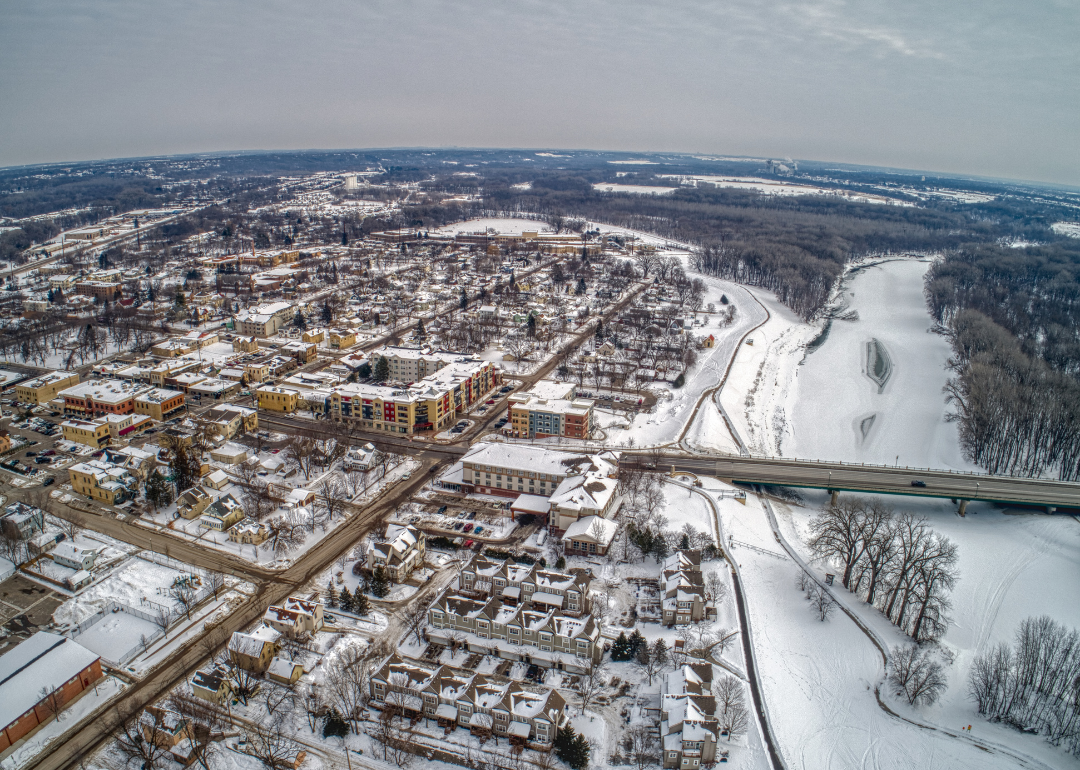
#6. Carver County, Minnesota
– Overall Rank: 101
– Population: 107,216
– Median household income: $116,308
– Median home value: $400,500 (82% own)
– Median rent: $1,384 (18% rent)
– Top public schools: Cologne Academy (grade A), Minnetonka Middle School West (grade A), Laketown Elementary School (grade A)
– Top private schools: Holy Family Catholic High School (grade A), Southwest Christian High School (grade A), Mayer Lutheran (grade B)
– Top places: Chanhassen (grade A+), Victoria (grade A+), Carver (grade A)
About
Carver County offers a strong economy supported by healthcare, education, agriculture, and professional services, making it one of the state’s fastest-growing areas. The community values smart growth, sustainability, and a high quality of life, blending suburban living with rural charm. Residents benefit from excellent schools, modern infrastructure, and community-focused services.
County government provides essential functions such as emergency management, public safety, and transportation planning. Parks, trails, and cultural events enhance recreational and social opportunities for all ages. Carver County remains committed to preserving its natural beauty while fostering thoughtful development and community engagement.
Where is Carver County?
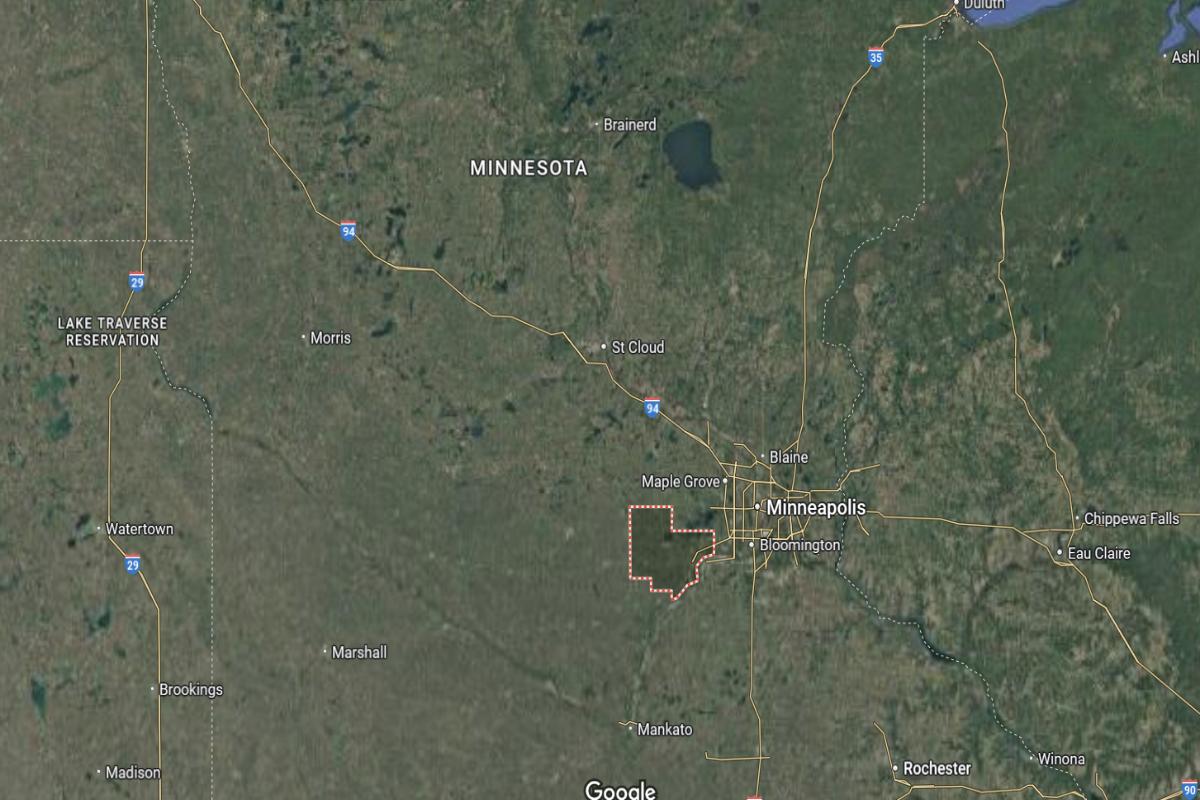
Carver County is located in southeastern Minnesota, just west of the Twin Cities metropolitan area. It lies about 25 miles west of Minneapolis and approximately 40 miles southwest of St. Paul. The county seat, Chaska, is near US Highway 212 and State Highway 41.
The county is roughly 60 miles northeast of Mankato and about 95 miles southeast of St. Cloud. It also sits around 110 miles northwest of Rochester. Carver County’s location places it at the edge of urban growth with access to both metropolitan and rural regions.
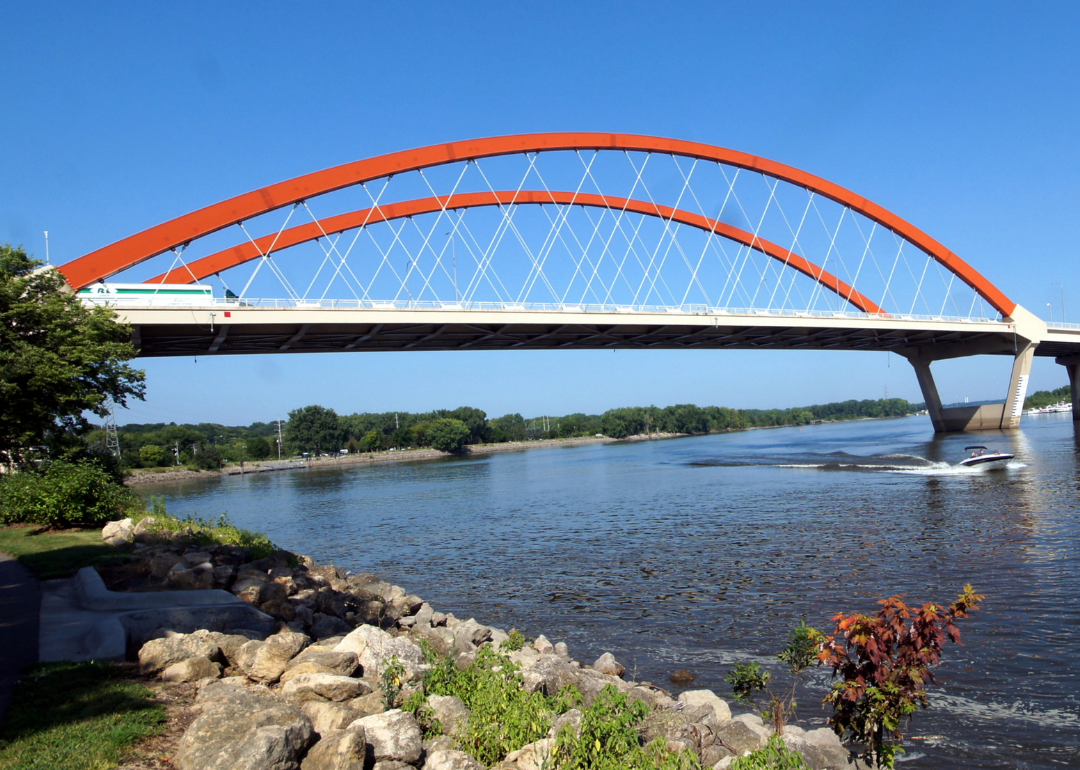
#5. Dakota County, Minnesota
– Overall Rank: 86
– Population: 439,179
– Median household income: $101,360
– Median home value: $341,200 (76% own)
– Median rent: $1,410 (24% rent)
– Top public schools: Eastview Senior High School (grade A+), Eagan Senior High School (grade A), Cherry View Elementary School (grade A)
– Top private schools: Saint Thomas Academy (grade A), Visitation School (grade A), Trinity School at River Ridge (grade A)
– Top places: Mendota Heights (grade A+), Eagan (grade A+), Lakeville (grade A)
About
Dakota County boasts a diverse and robust economy supported by healthcare, technology, manufacturing, and retail sectors. The community blends suburban living with accessible green spaces, offering a high standard of living for families and individuals. Strong public schools, libraries, and civic institutions contribute to a vibrant and inclusive environment.
County government oversees essential services including public safety, emergency management, and infrastructure development. Parks, trails, and cultural programs provide residents with ample opportunities for recreation and engagement. Dakota County continues to grow responsibly while maintaining a strong focus on sustainability and community well-being.
Where is Dakota County?
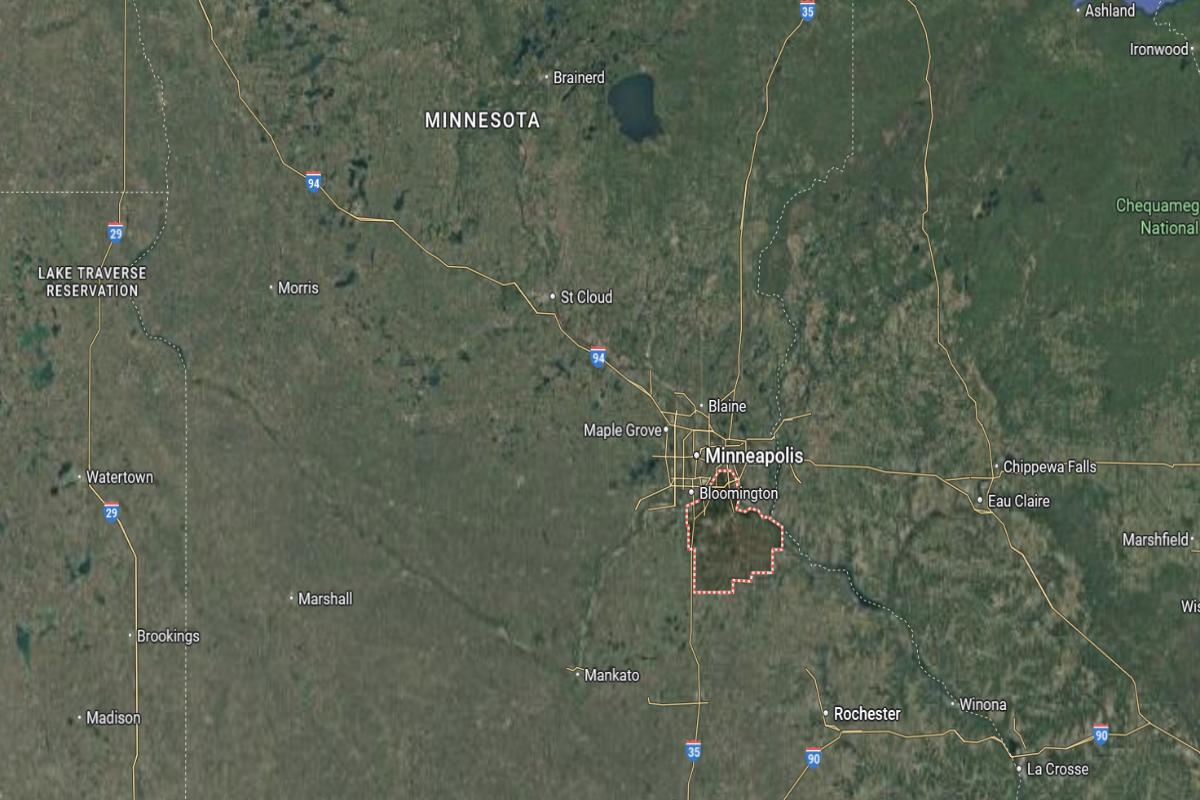
Dakota County is located in southeastern Minnesota, forming part of the southern Twin Cities metropolitan area. It lies about 15 miles south of St. Paul and approximately 20 miles southeast of Minneapolis. The county seat, Hastings, is near the Mississippi River and accessible via US Highway 61 and State Highway 55.
The county is roughly 65 miles north of Rochester and about 75 miles northeast of Mankato. It also sits around 100 miles northwest of La Crosse, Wisconsin. Dakota County’s location provides strong connections to urban, suburban, and riverfront communities.
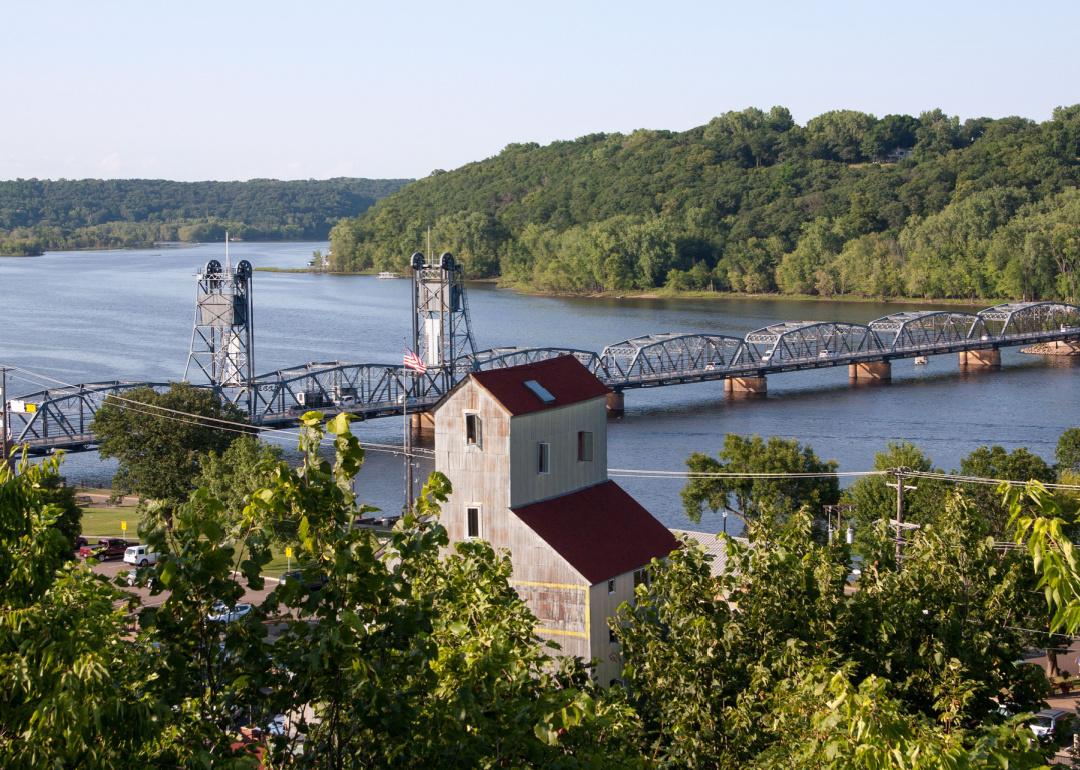
#4. Washington County, Minnesota
– Overall Rank: 76
– Population: 268,651
– Median household income: $110,828
– Median home value: $379,300 (81% own)
– Median rent: $1,577 (19% rent)
– Top public schools: Math & Science Academy (grade A+), St. Croix Preparatory Academy Lower School (grade A+), St. Croix Preparatory Academy Middle School (grade A)
– Top private schools: New Life Academy (grade A), Hope Christian Academy (grade B), St. Peter Catholic School (grade A+)
– Top places: Woodbury (grade A+), Lake Elmo (grade A), Dellwood (grade A)
About
Washington County has a well-rounded economy driven by healthcare, education, technology, and small businesses, offering a mix of urban and suburban lifestyles. The community values sustainability, public service, and family-oriented development, supported by quality schools and modern infrastructure. Residents enjoy a balance of economic opportunity and natural beauty.
County government delivers essential services such as law enforcement, emergency management, and transportation planning. Parks, recreational trails, and cultural events enhance community engagement and quality of life. Washington County continues to grow strategically while preserving its scenic landscapes and strong civic identity.
Where is Washington County?
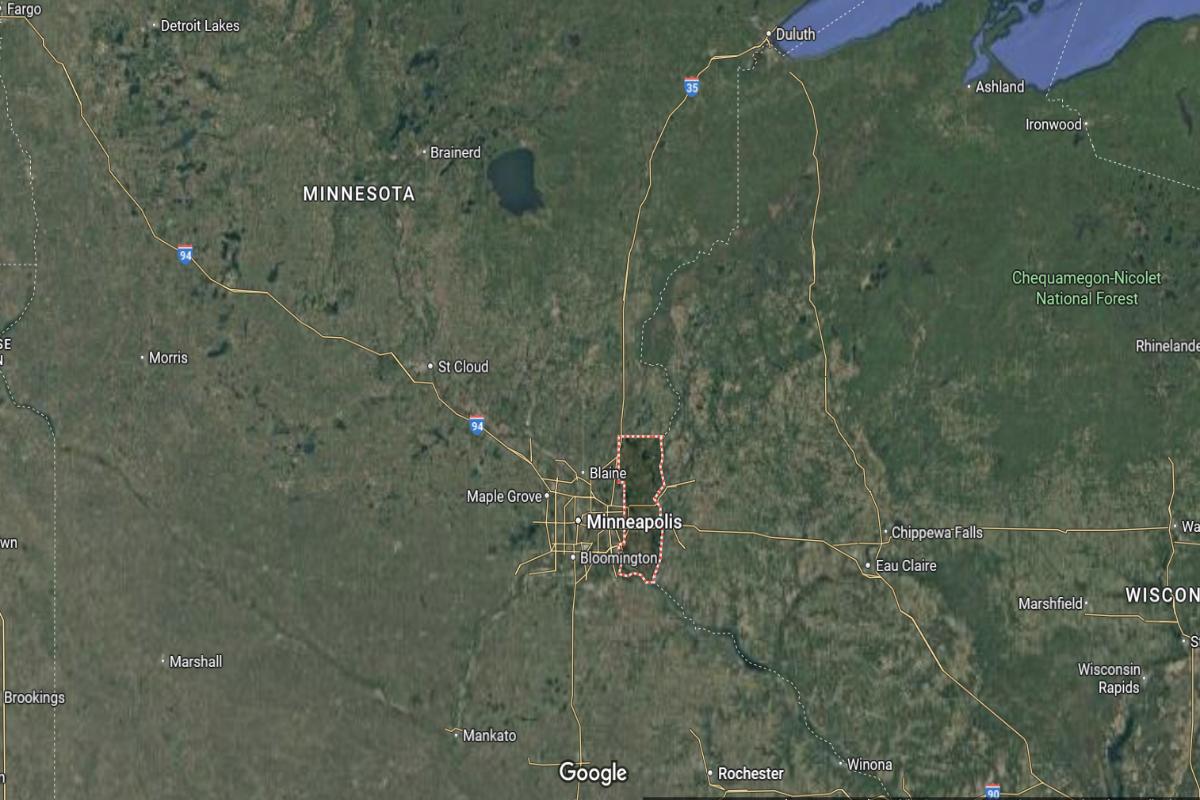
Washington County is located in eastern Minnesota, along the border with Wisconsin. It lies about 10 miles east of St. Paul and approximately 25 miles northeast of Minneapolis. The county seat, Stillwater, is near the St. Croix River and accessible via State Highways 36 and 95.
The county is roughly 65 miles north of Rochester and about 110 miles northwest of La Crosse, Wisconsin. It also sits around 95 miles southeast of St. Cloud. Washington County’s location offers direct access to the Twin Cities and scenic riverfront areas.

#3. Ramsey County, Minnesota
– Overall Rank: 63
– Population: 547,202
– Median household income: $78,108
– Median home value: $289,300 (61% own)
– Median rent: $1,214 (39% rent)
– Top public schools: Nova Classical Academy Upper School (grade A+), Nova Classical Academy Lower School (grade A), Mounds View High School (grade A)
– Top private schools: St. Paul Academy and Summit School (grade A+), Mounds Park Academy (grade A+), Cretin-Derham Hall (grade A+)
– Top places: Falcon Heights (grade A+), Lauderdale (grade A+), Macalester-Groveland (grade A+)
About
Ramsey County features a diverse and vibrant economy supported by government, education, healthcare, and technology sectors. The community is known for its cultural richness, historic neighborhoods, and commitment to equity and inclusion. Residents benefit from a wide range of services, public amenities, and opportunities for civic engagement.
County government provides essential operations such as public safety, emergency response, infrastructure, and social services. Arts, parks, and community programs foster a dynamic and connected environment. Ramsey County continues to lead in innovation while prioritizing sustainability and quality of life for all residents.
Where is Ramsey County?
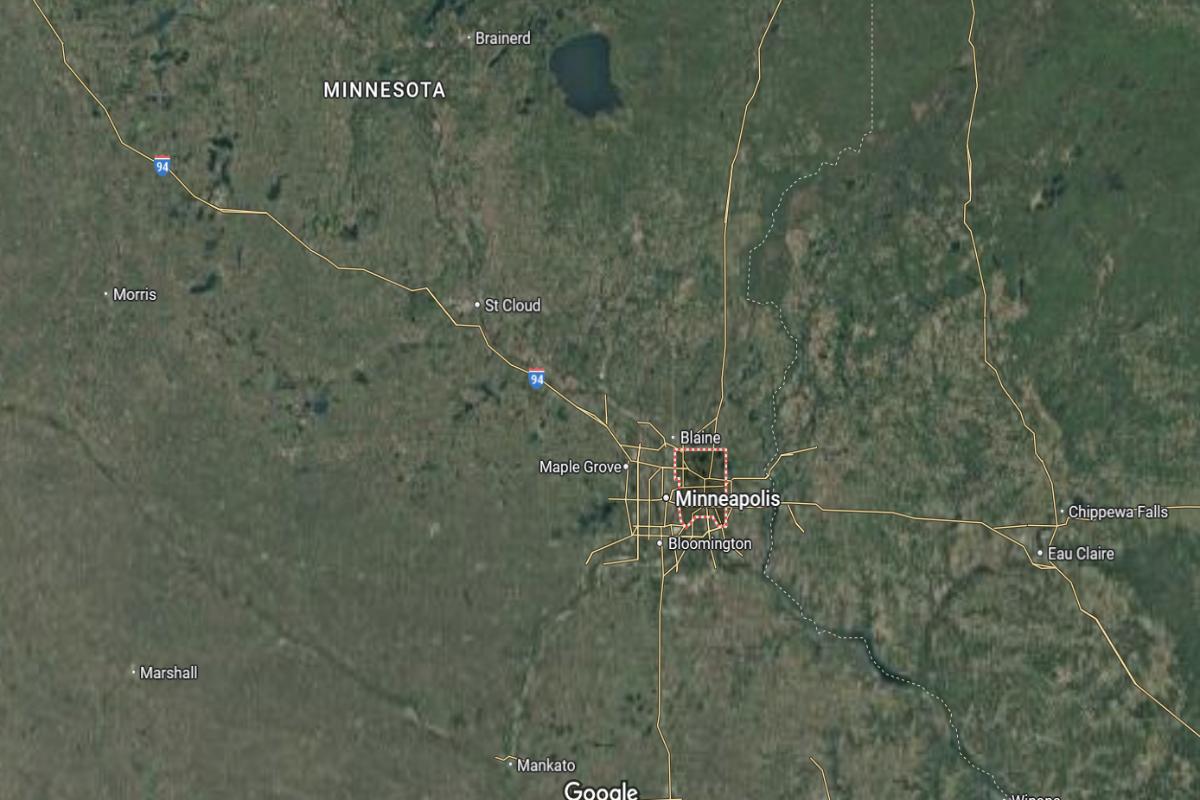
Ramsey County is located in southeastern Minnesota and is part of the core of the Twin Cities metropolitan area. It lies about 10 miles northeast of Minneapolis and serves as the home of the state capital, St. Paul. Major routes including I-94 and I-35E run through the county.
The county is roughly 75 miles north of Rochester and about 70 miles southeast of St. Cloud. It also sits around 95 miles northwest of La Crosse, Wisconsin. Ramsey County’s location offers immediate access to government, business, and cultural centers in the Twin Cities region.

#2. Olmsted County, Minnesota
– Overall Rank: 43
– Population: 162,307
– Median household income: $90,420
– Median home value: $285,600 (71% own)
– Median rent: $1,193 (29% rent)
– Top public schools: Folwell Elementary School (grade A minus), Byron Intermediate School (grade A minus), Washington Elementary School (grade A minus)
– Top private schools: Lourdes High School (grade A), Schaeffer Academy (grade A minus), Rochester Central Lutheran School (grade A+)
– Top places: Cascade Township (grade A), Rochester (grade A), Byron (grade A)
About
Olmsted County is known for its strong economy anchored by healthcare, education, and technology, with a focus on innovation and service excellence. The community combines modern development with a welcoming, small-town atmosphere, offering residents a high quality of life. Public institutions and local businesses play key roles in economic stability and growth.
County government provides essential services including emergency management, infrastructure maintenance, and public health programs. Parks, cultural events, and recreational facilities support a vibrant and engaged population. Olmsted County continues to thrive through strategic planning, community collaboration, and a commitment to resident well-being.
Where is Olmsted County?

Olmsted County is located in southeastern Minnesota, in a region known for its healthcare and innovation. It lies about 85 miles southeast of Minneapolis and approximately 90 miles east of Mankato. The county seat, Rochester, is near US Highways 52 and 63.
The county is roughly 50 miles north of the Iowa border and about 70 miles west of La Crosse, Wisconsin. It also sits around 115 miles northeast of Sioux City, Iowa. Olmsted County’s location offers strong regional connections and serves as a hub for medical and economic activity.

#1. Hennepin County, Minnesota
– Overall Rank: 17
– Population: 1,270,787
– Median household income: $92,595
– Median home value: $358,000 (63% own)
– Median rent: $1,373 (37% rent)
– Top public schools: Wayzata High School (grade A+), Eden Prairie Senior High School (grade A+), Minnetonka Senior High School (grade A+)
– Top private schools: The International School of Minnesota (grade A+), The Blake School (grade A+), Breck School (grade A+)
– Top places: Eden Prairie (grade A+), Medina (grade A+), Edina (grade A+)
About
Hennepin County is the most populous county in Minnesota, with a dynamic economy driven by healthcare, finance, technology, and education. The community is marked by cultural diversity, vibrant neighborhoods, and a strong focus on innovation and public service. Residents benefit from world-class institutions, inclusive policies, and a wide range of amenities.
County government provides comprehensive services including public safety, social services, infrastructure, and emergency management. Parks, museums, transit systems, and community programs contribute to a high quality of life and civic engagement. Hennepin County continues to lead in growth, equity, and sustainable development.
Where is Hennepin County?
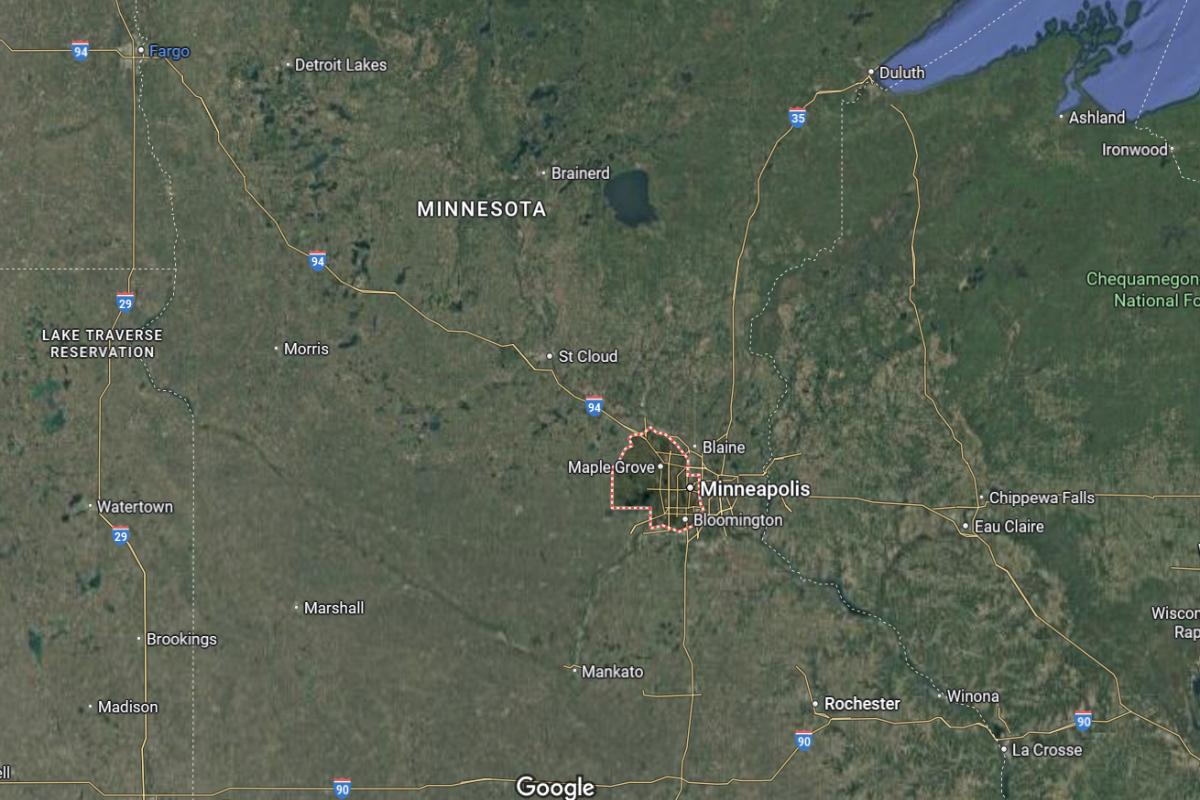
Hennepin County is located in southeastern Minnesota and serves as the most populous county in the state. It lies at the heart of the Twin Cities region, with Minneapolis at its center, about 10 miles west of St. Paul. Major highways including I-94, I-394, and I-35W run through the county.
The county is roughly 70 miles north of Rochester and about 65 miles southeast of St. Cloud. It also sits around 100 miles northwest of La Crosse, Wisconsin. Hennepin County’s location provides a central connection point for commerce, culture, and transportation in Minnesota.
This story features data reporting and writing by Elena Cox and is part of a series utilizing data automation across 50 states.
By Stacker

